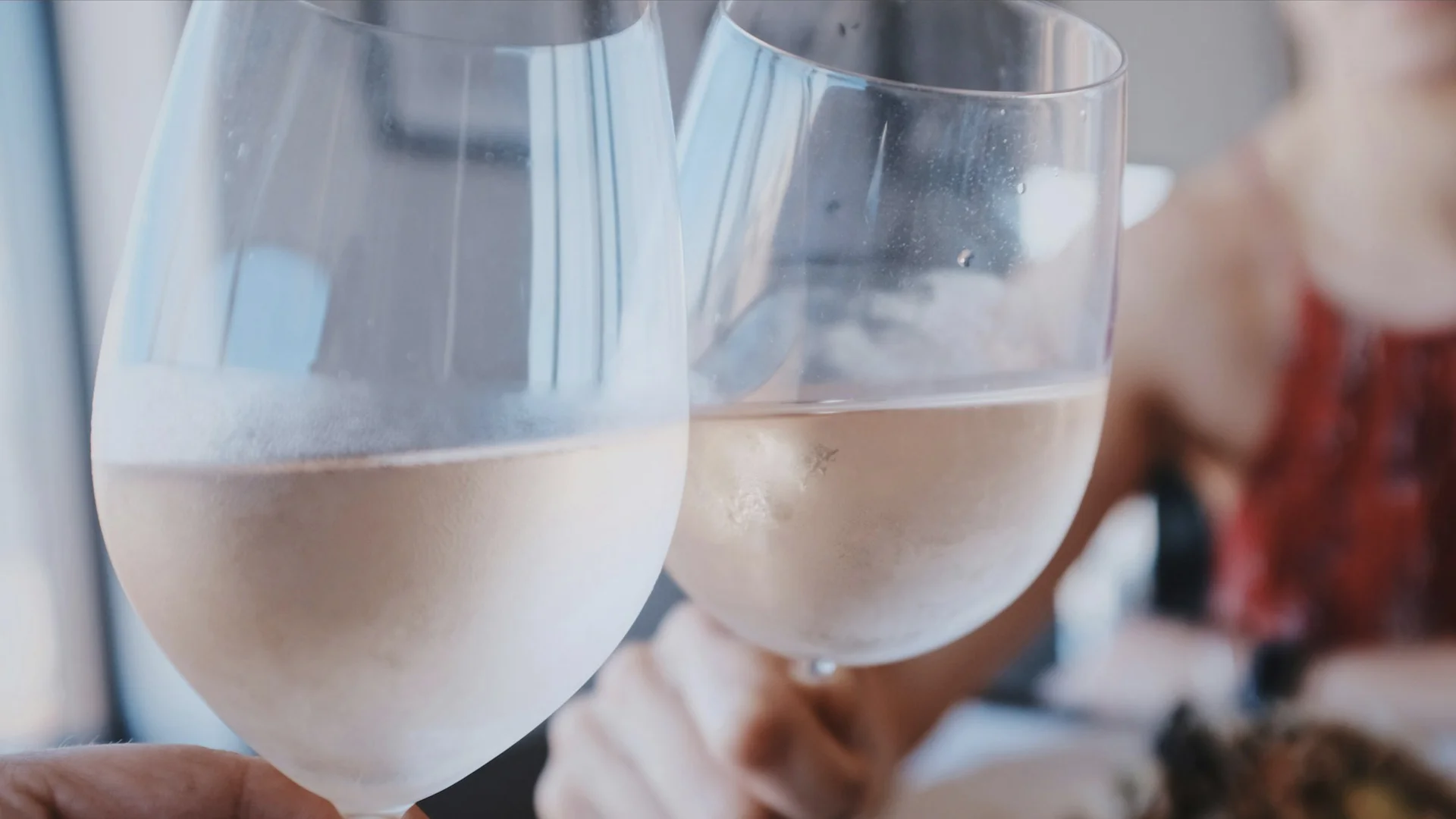
From 19th-century gold medals in London to its modern niche in Ohio and the Finger Lakes, Catawba is a true American original and a symbol of America's wine heritage, playing a pivotal role in the development of the American wine industry.
The beginnings of the Catawba grape are shrouded in mystery, with its exact origins still debated among historians and viticulturists. Various theories and historical records point to different regions and parentage, highlighting the uncertainty and intrigue surrounding the origin and emergence of the Catawba.
In this guide, we’ll explore its history, winemaking, flavour profile, key regions, food pairings, and the award-winning bottles that keep this heritage grape in the spotlight today.
Catawba wine is made from the Catawba grape. This North American hybrid is a cross between native American vines (Vitis labrusca varieties) and European vines (vinifera varieties, likely Semillon). First identified in the early 1800s, Catawba grapes hold historical significance for their role in revitalizing American viticulture, especially during periods of climate and disease challenges. This unique cross gives the grape a character that is both rustic and refined.
Despite its red skins, Catawba most often produces pink or rosé wines, since winemakers limit skin contact during fermentation. That choice isn’t just cosmetic—it helps preserve the grape’s fragrant strawberry, cherry, and floral notes while muting some of the “foxy” labrusca musk.
Styles range from sweet blush and medium-sweet sparkling to occasional dry rosé or even a light red. In all its forms, Catawba tends to be medium-bodied, moderately acidic, and high in charm.
Historically, this is the grape that put American wine on the map—an unlikely hero among American grapes that beat European wines in competition and earned literary praise in the 19th century.
If the American wine industry had a Mount Rushmore, Nicholas Longworth’s Catawba would be carved into it. Longworth, often referred to as the "Father of American Wine", was a key figure in popularizing the Catawba grape and establishing its reputation in the 19th century.
Prohibition (1920–1933) destroyed most vineyards, and changing tastes in the mid-20th century relegated Catawba to sweet, pink table wines and juice. Additionally, Catawba became less popular in part because it is susceptible to fungal diseases such as powdery mildew and black rot.
Today, Catawba is no mass-market player, but its cultural impact remains oversized. The Finger Lakes alone maintain around 864 acres, although it’s also cultivated in Cincinnati, Ohio, as well as in Pennsylvania, Michigan, North Carolina, the Carolinas, Maryland, and Washington. These areas, recognized as significant wine regions, play a crucial role in Catawba’s continued cultivation and influence on the American wine industry. In 2023, total U.S. wine production reached ~24.3 million hectoliters, but hybrids, such as Catawba, make up less than 5% of the vineyard area.
In short: It’s no longer the engine of American grapevine history, but it’s still one of its most important wine ancestors.
Most Catawba wines are sweet or off-dry, reflecting both market demand and the grape’s personality. Fermentation is often stopped early, or sugar is added back to maintain a residual sugar level in the 2–8% range.
Think White Zinfandel—fruity, easy-drinking, and crowd-pleasing, but with a more floral, grapey edge. Dry versions do exist (usually as rosé or light reds), but they’re rare and clearly labelled.
Pink Catawba is made from a pink-skinned clonal mutation discovered in the mid-20th century. It produces a vivid bubblegum-to-raspberry hue when given brief skin contact before pressing.
It’s almost always sweet or semi-sweet, with aromas of ripe berries, watermelon, and a hint of floral spice.
Yes—producers embrace its natural sugars and fun-loving flavour. Ferrante’s Pink Catawba, for example, is medium-sweet with approximately 6% residual sugar.
The wine-making process for Catawba begins in the vineyard, and the decisions of the winemaker at each step will profoundly affect and shape the final result. Catawba grapes are used to produce a variety of wines, juices, and other products, showcasing their versatility:
Catawba also blends well, adding aromatic lift to hybrids like Niagara or even softening dry reds in experimental cuvées.
Catawba’s acidity and sweetness make it a Swiss Army knife for pairing:
Catawba thrives where humid summers meet cold winters, surviving temperatures as low as –20°F. It is primarily cultivated in the eastern United States, where it has shown strong adaptability to the region’s climate. It’s vigorous, but requires good canopy management to prevent mildew.
This widely planted grape variety thrives in different wine regions of the U.S. wine country:
Note – In addition to these, many other labrusca varieties have played a significant role in American wine history, showcasing the diversity of native grapes used in winemaking.
When comparing cultivation methods, early American vineyards, especially in Ohio, often adopted the traditional Rhine style of trellising, reflecting European viticultural influence alongside native practices.
This late-ripening variety has natural disease resistance and cold hardiness, reducing spray needs compared to vinifera. It ripens late and keeps acidity even in warmer seasons, making it climate-resilient. These traits align with the goals of organic and low-input farming, helping growers reduce environmental impact without compromising quality. Research from Stanford University and other leading academic institutions supports the importance of such sustainable grape growing practices in minimizing environmental impact.
Catawba is America’s wine time capsule. Once the nation’s most planted grape, it is now a niche treasure for the U.S. wine culture. It was Instagram-famous before Instagram existed, winning gold in London when Bordeaux was still a local curiosity for most Americans.
Yes, it’s sweet, yes, it’s pink, and yes, it’s proudly American. But that’s exactly why it’s worth drinking: it doesn’t try to be Burgundy or Bordeaux. It’s Catawba—bold, foxy, and unapologetically itself.
In an era where climate-proof, locally adapted varieties are the future, Catawba’s past might just be the blueprint. Rediscover it, and you’re not just drinking a wine—you’re sipping a chapter of U.S. wine history.

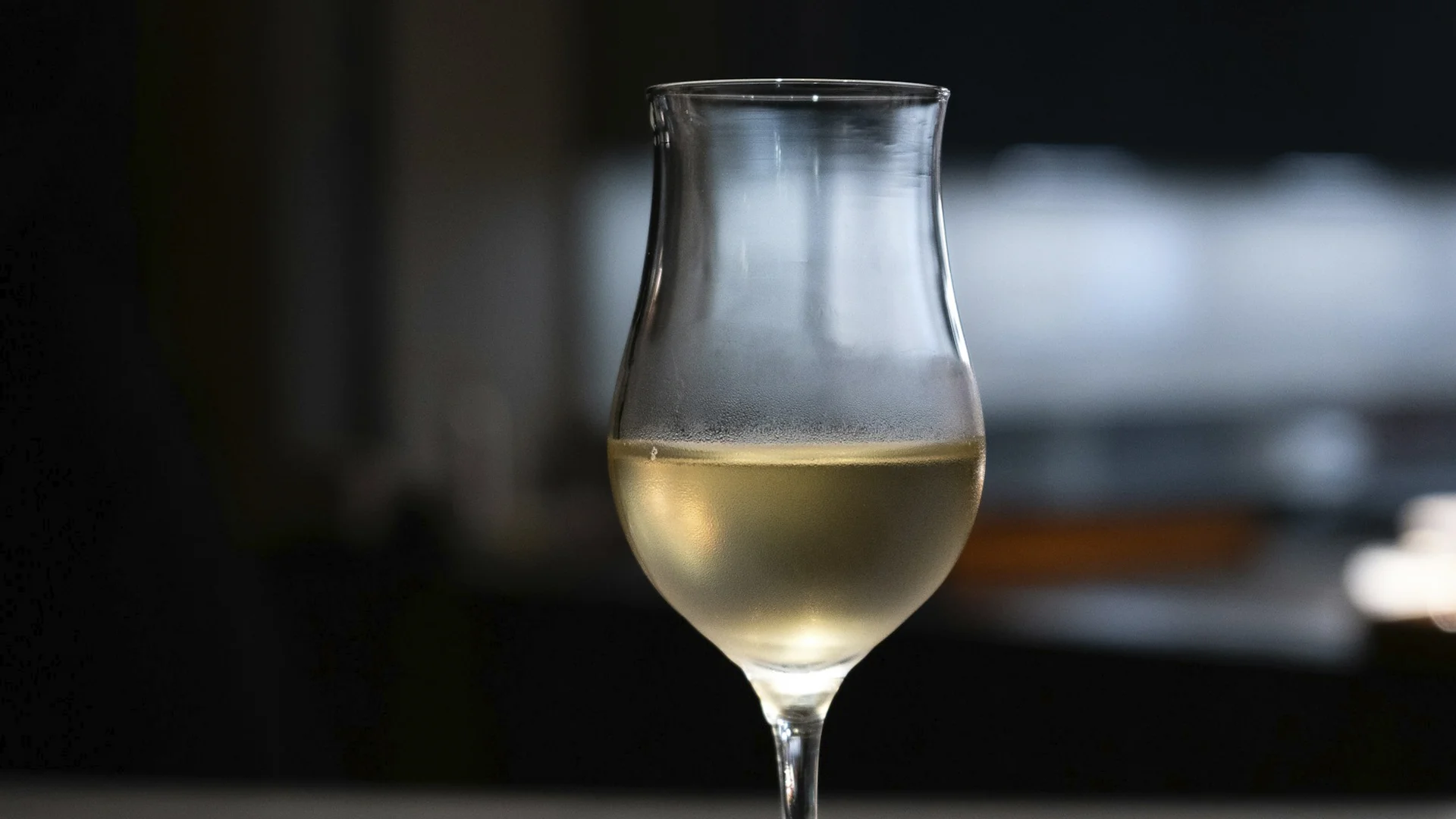
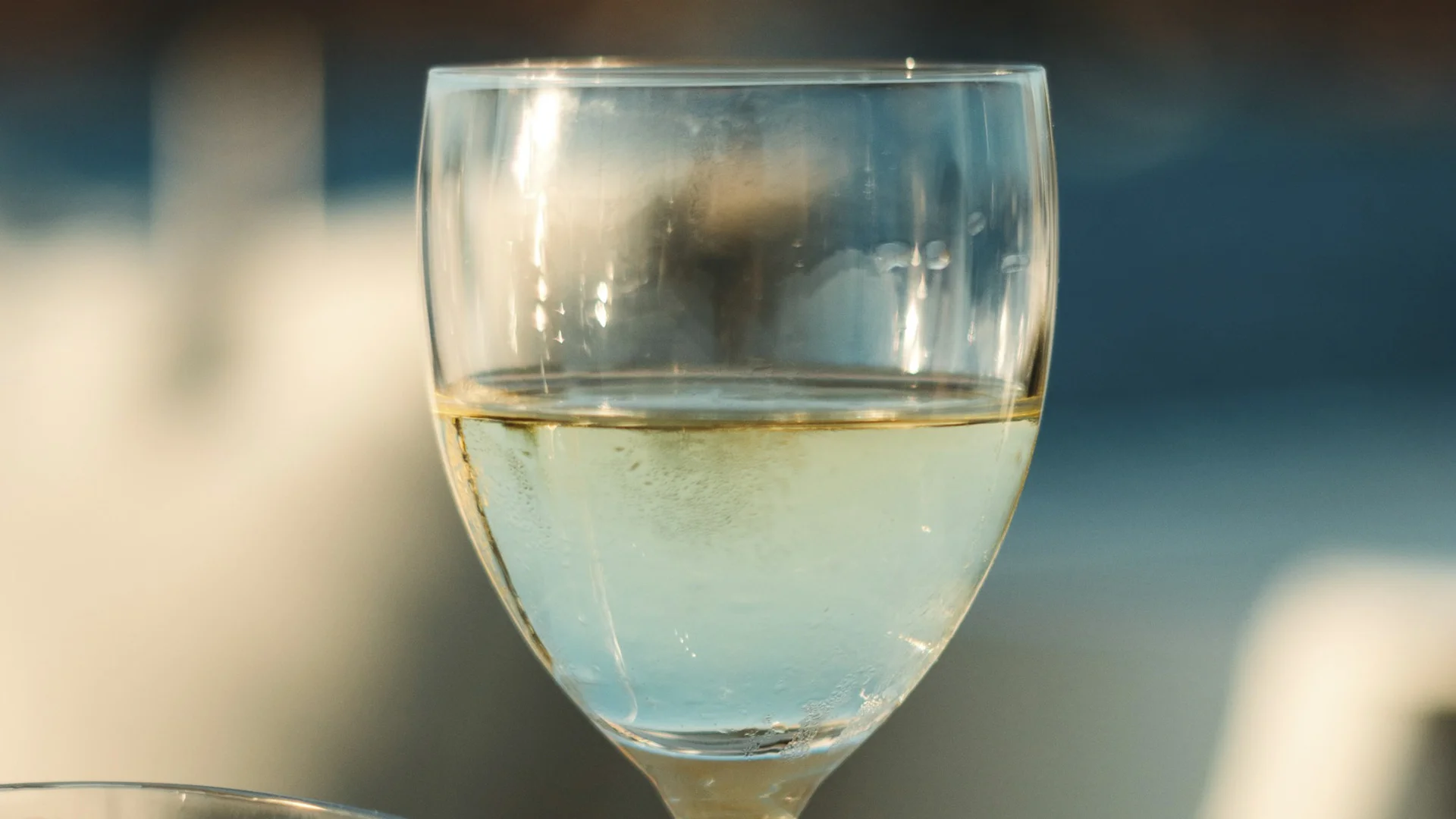
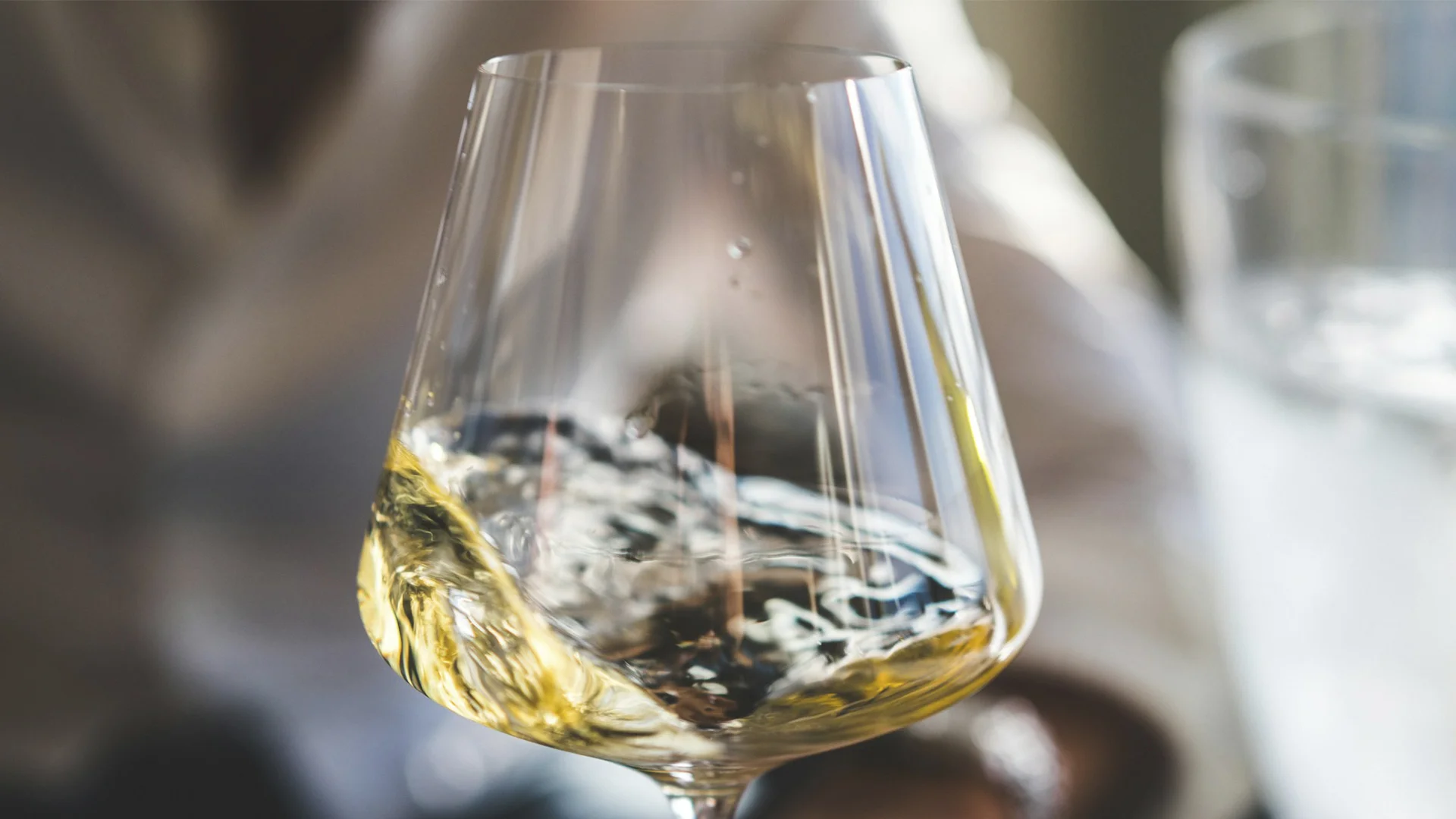
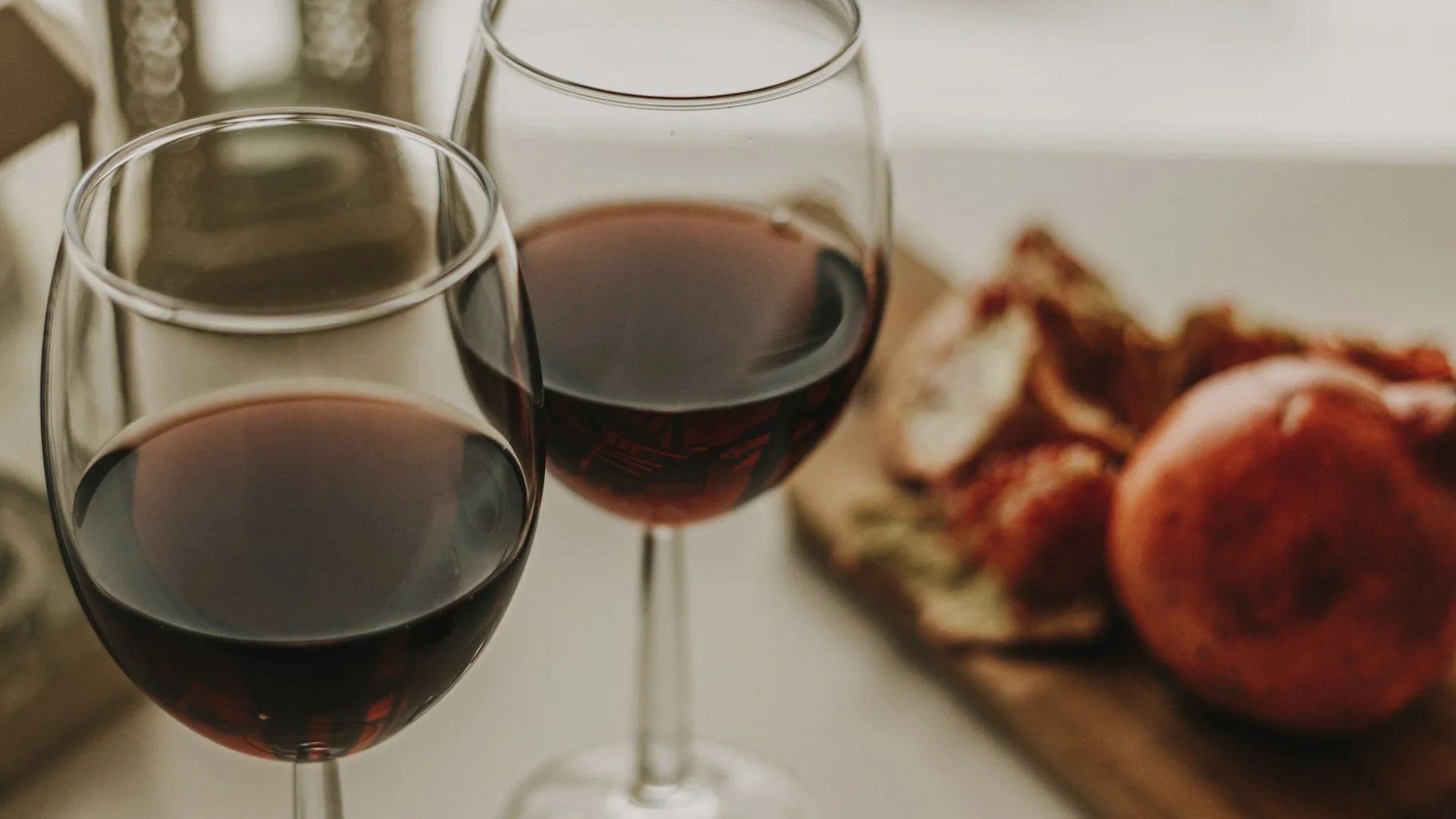
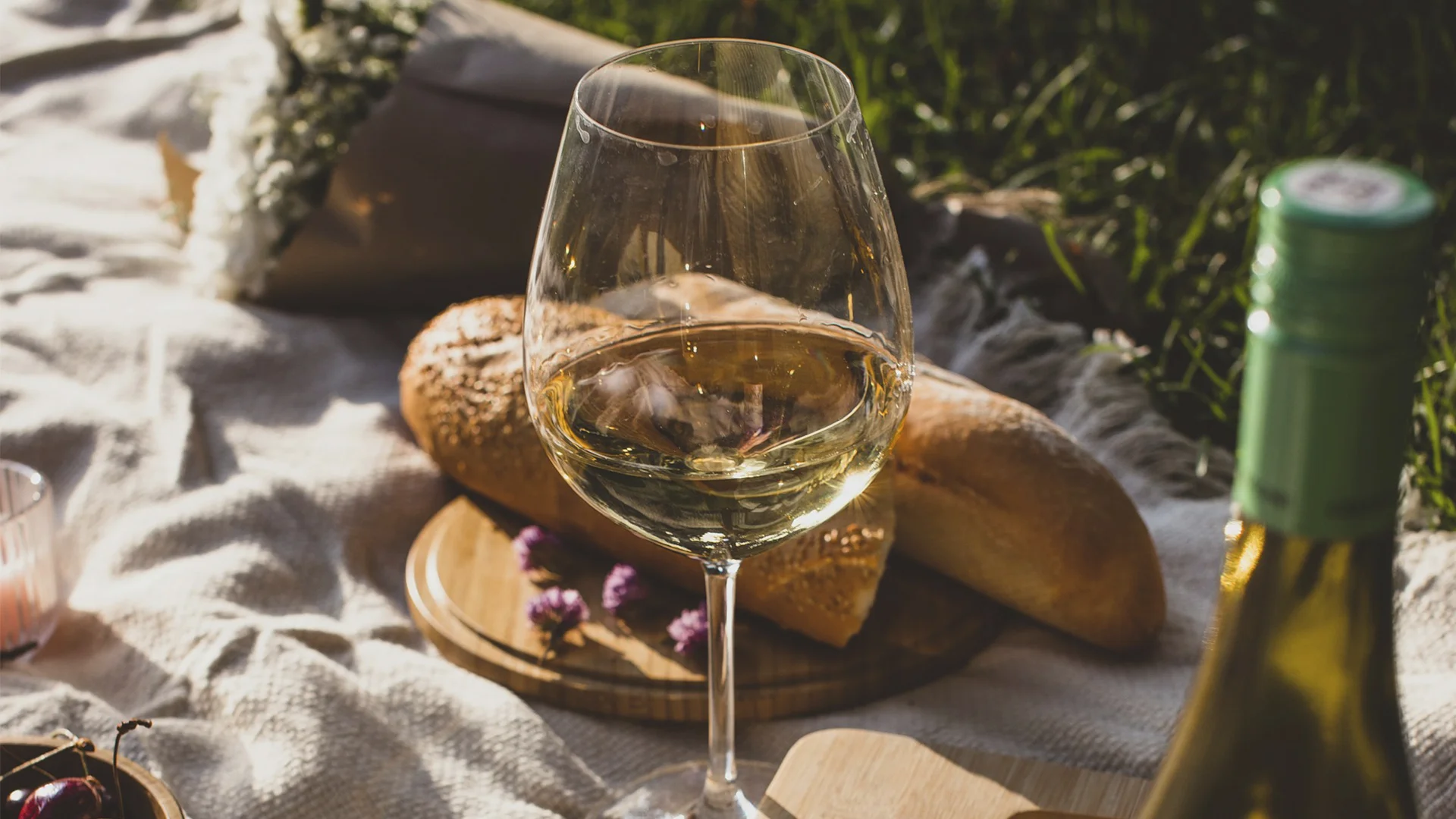
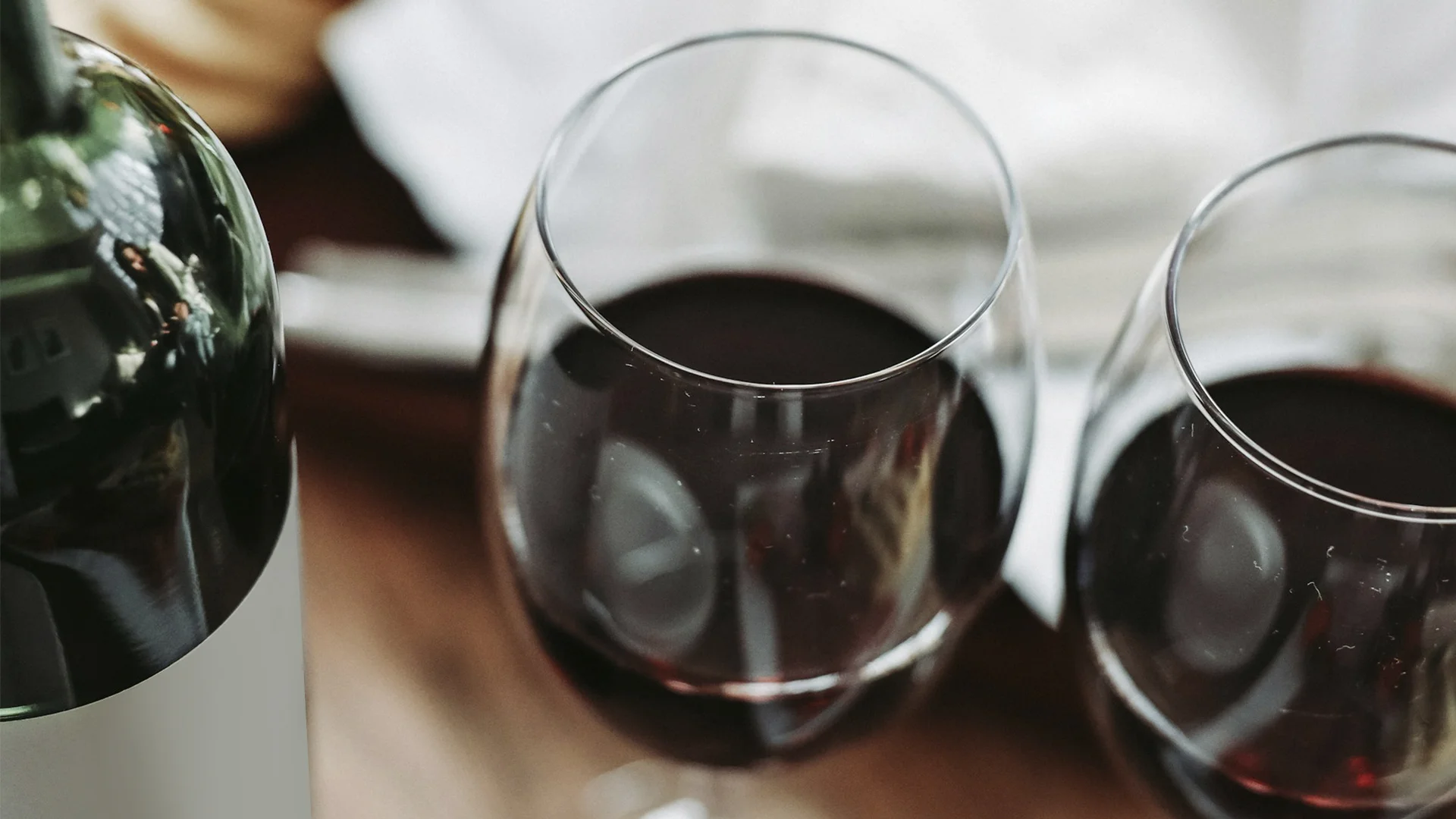
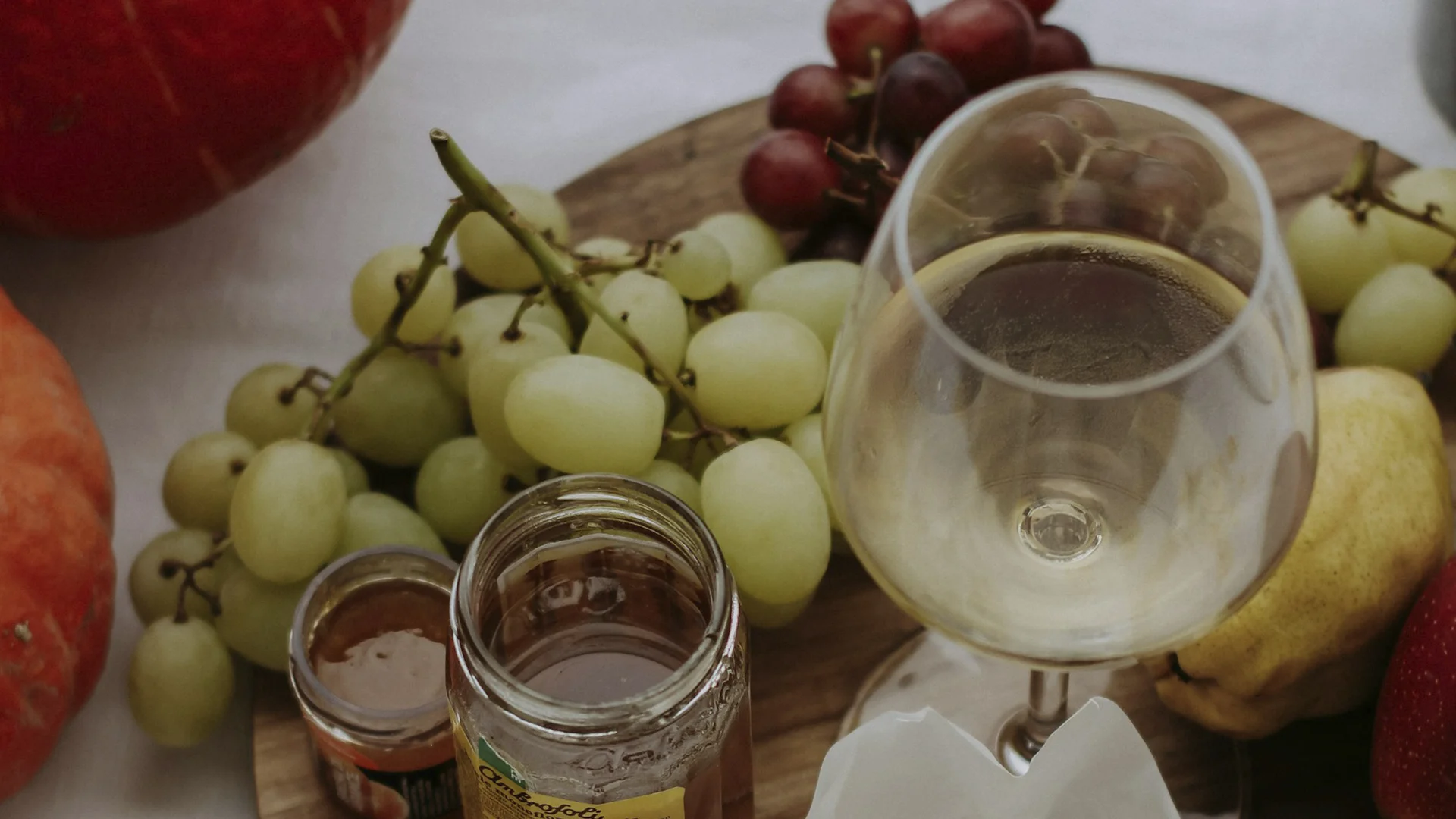
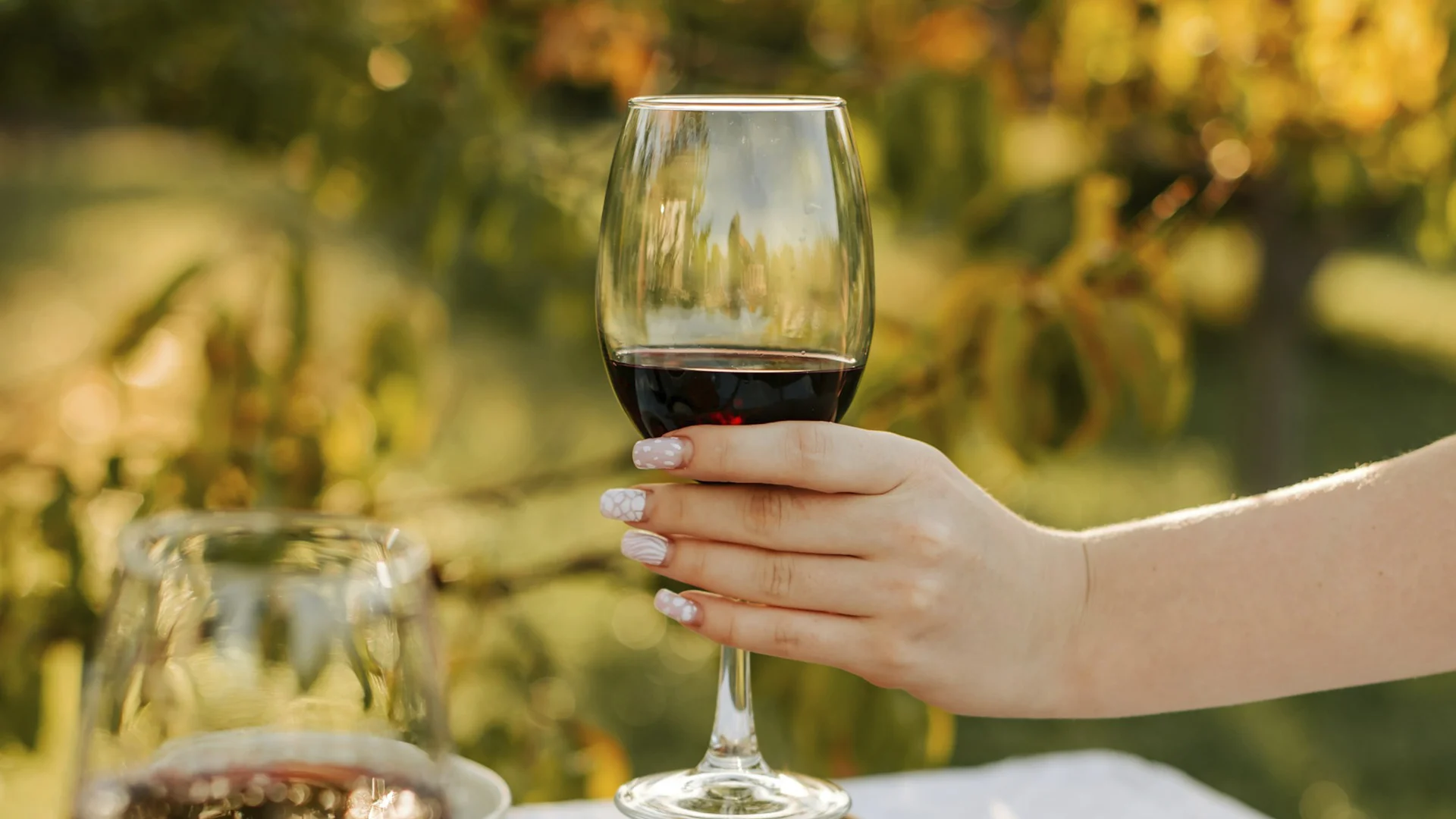

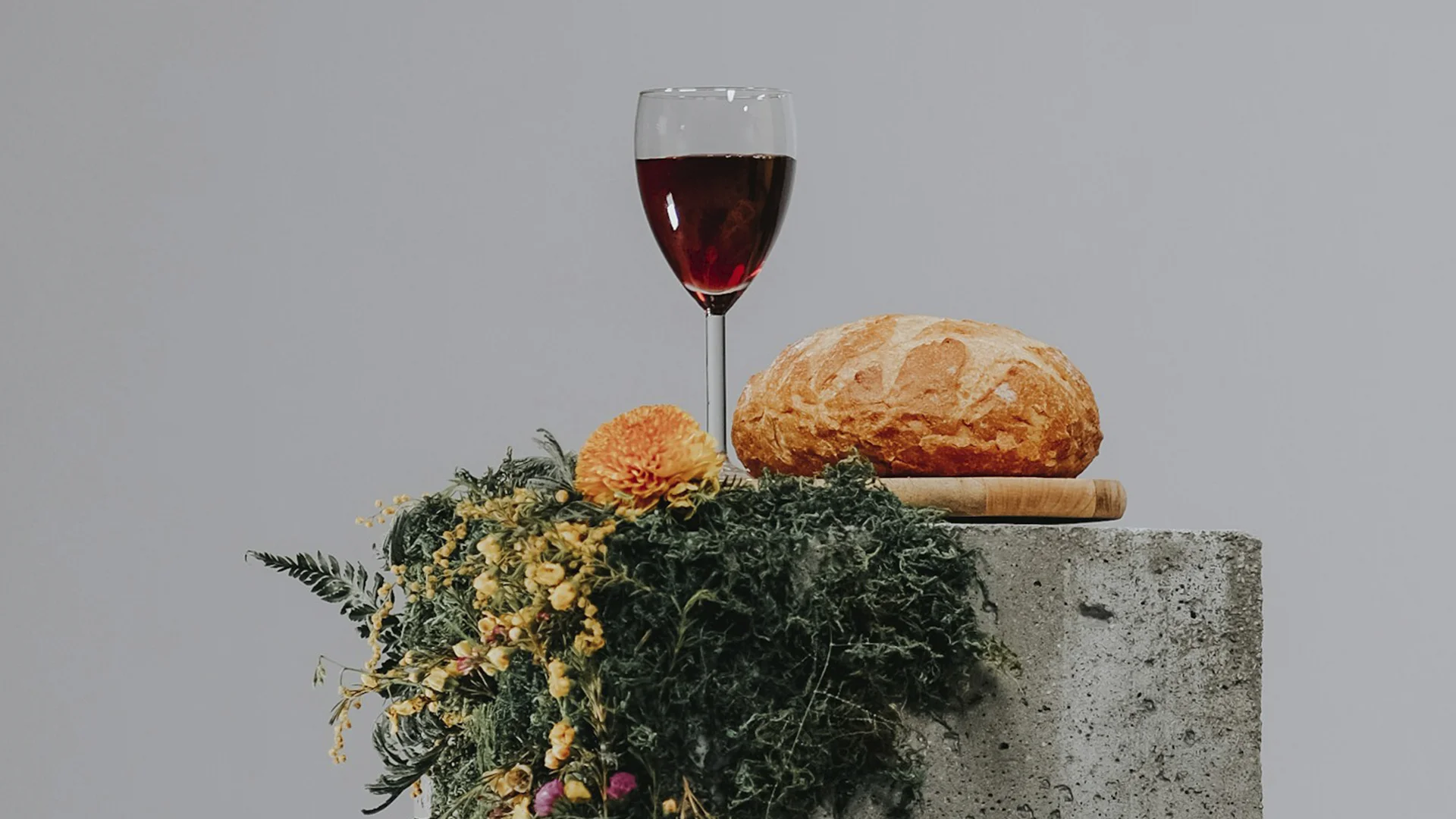


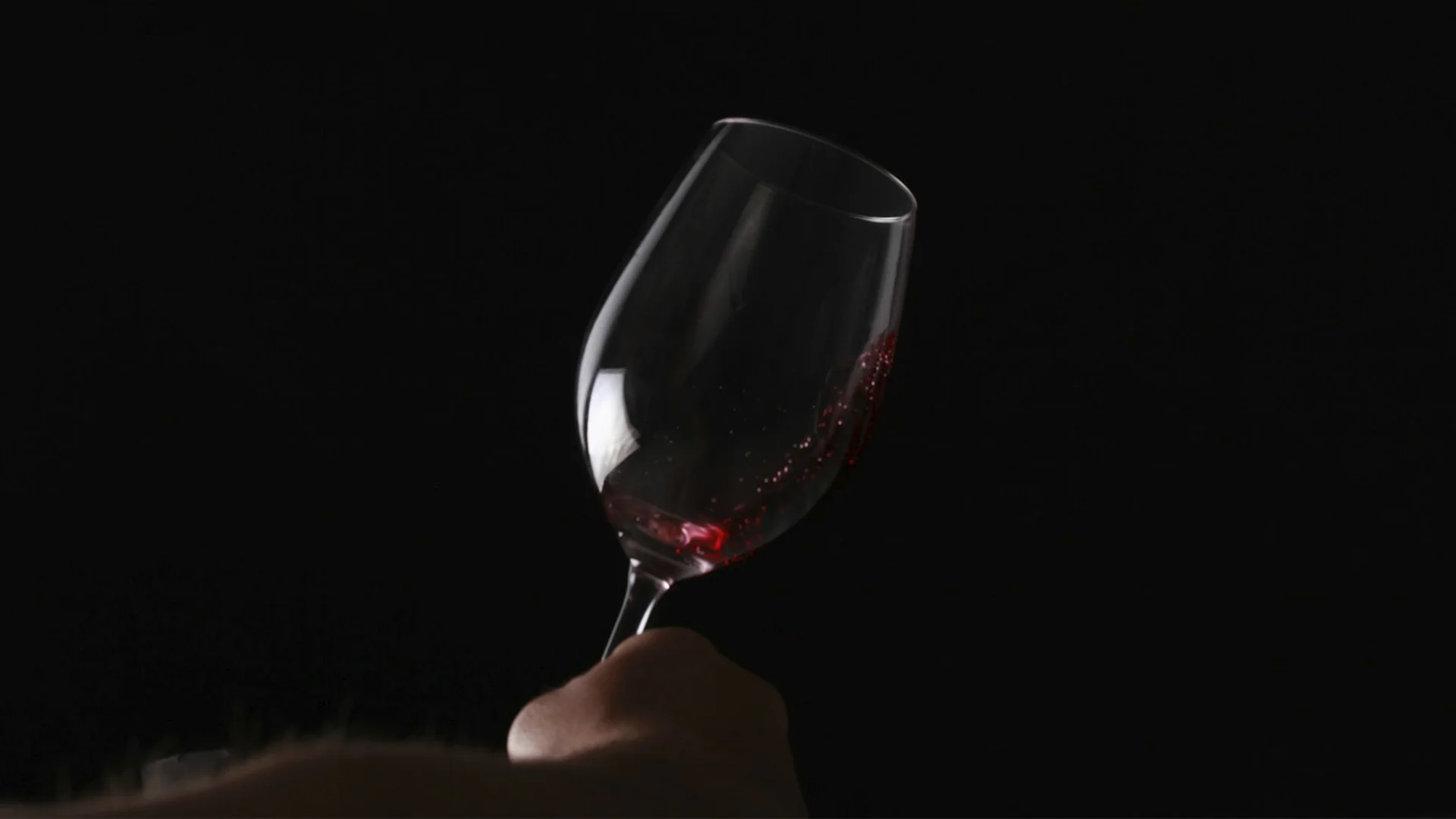
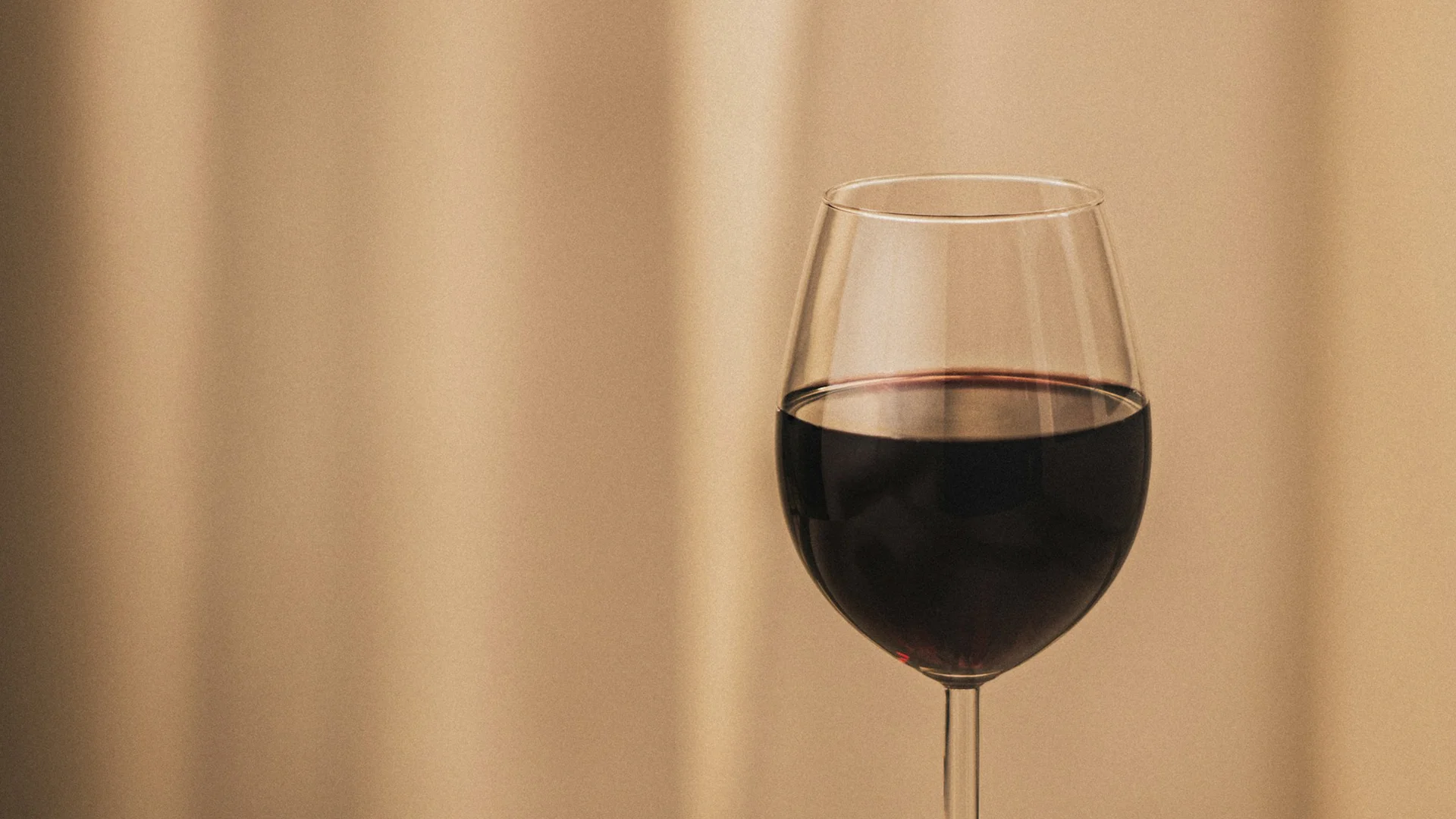


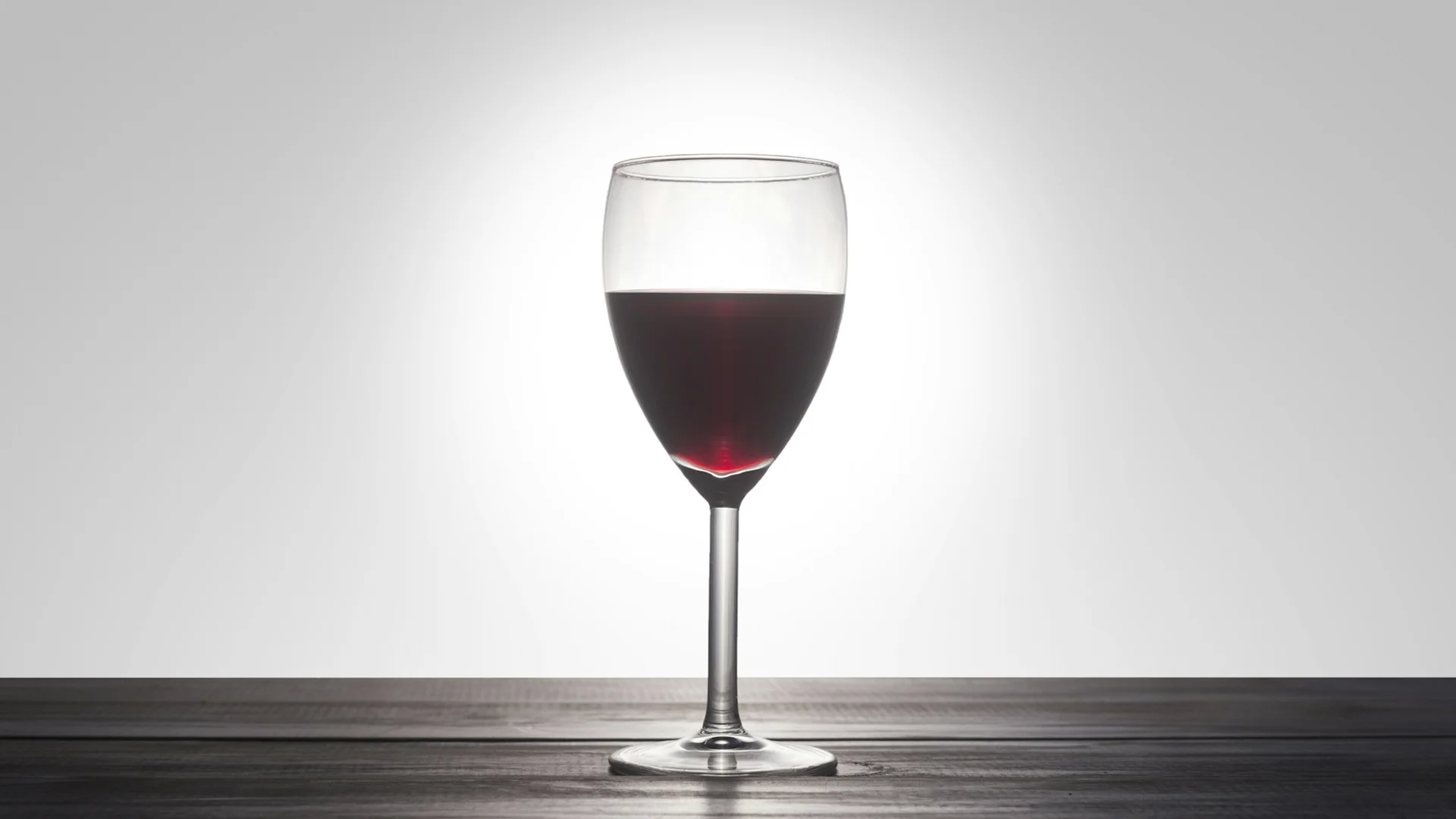

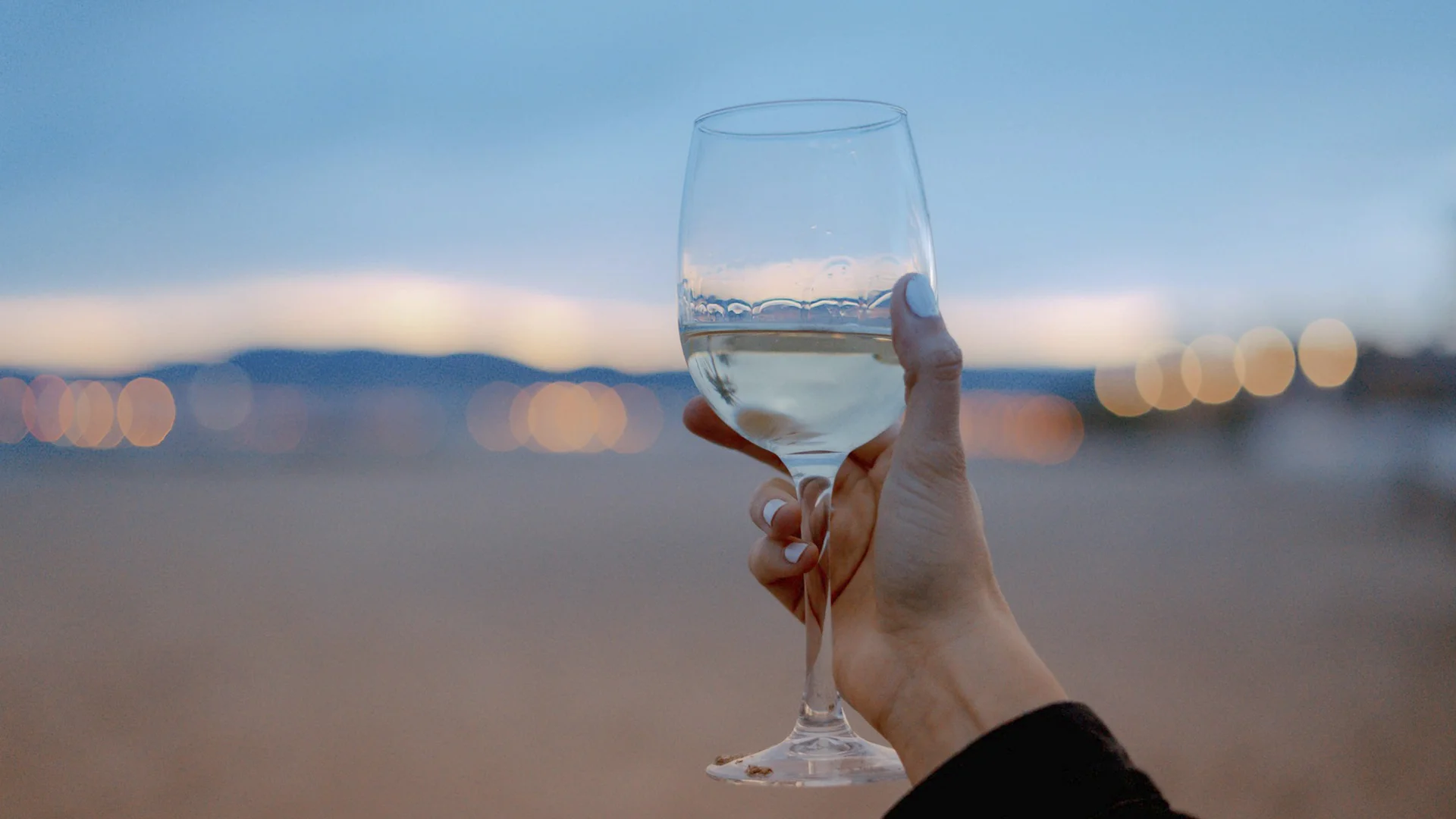
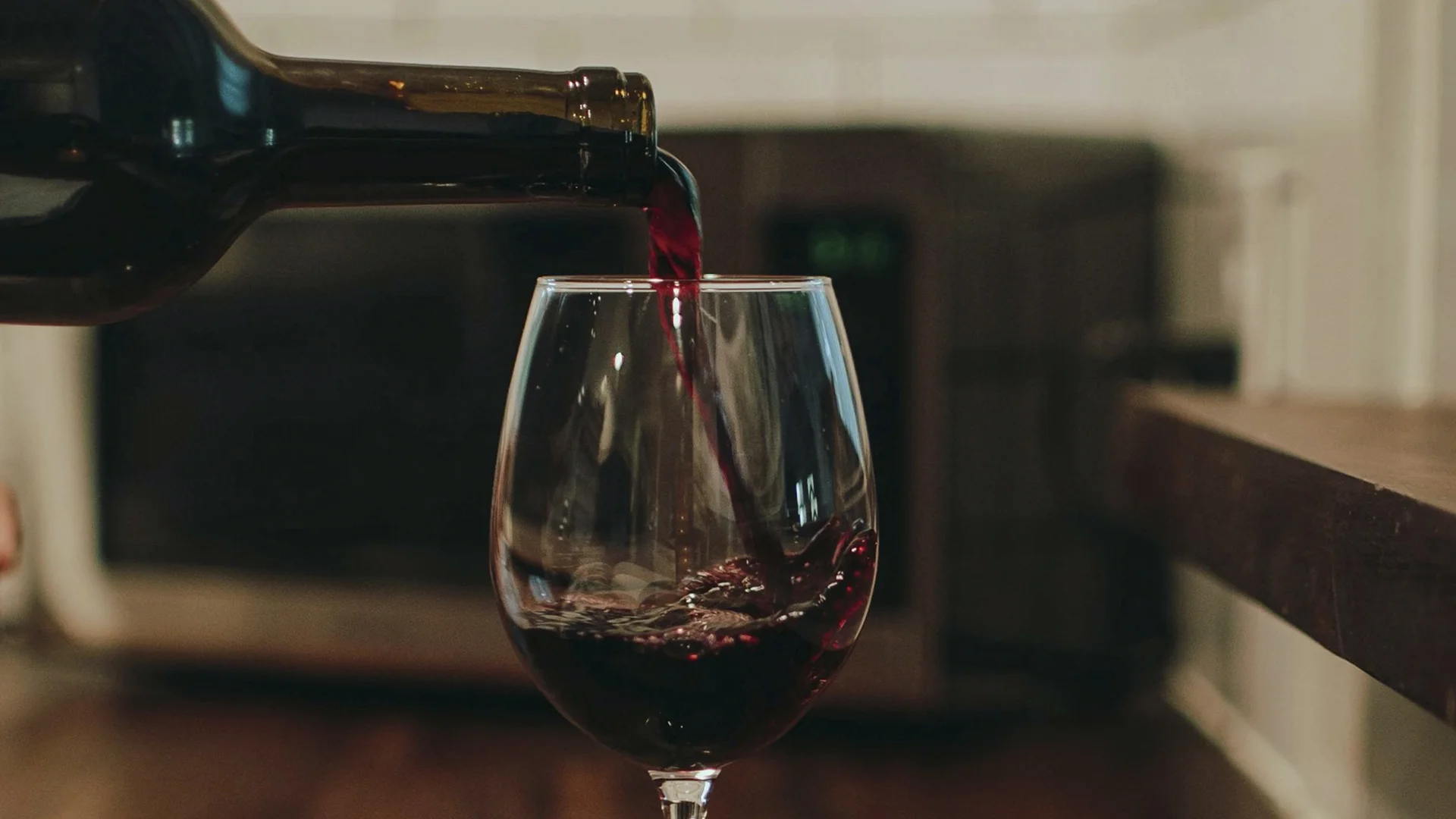
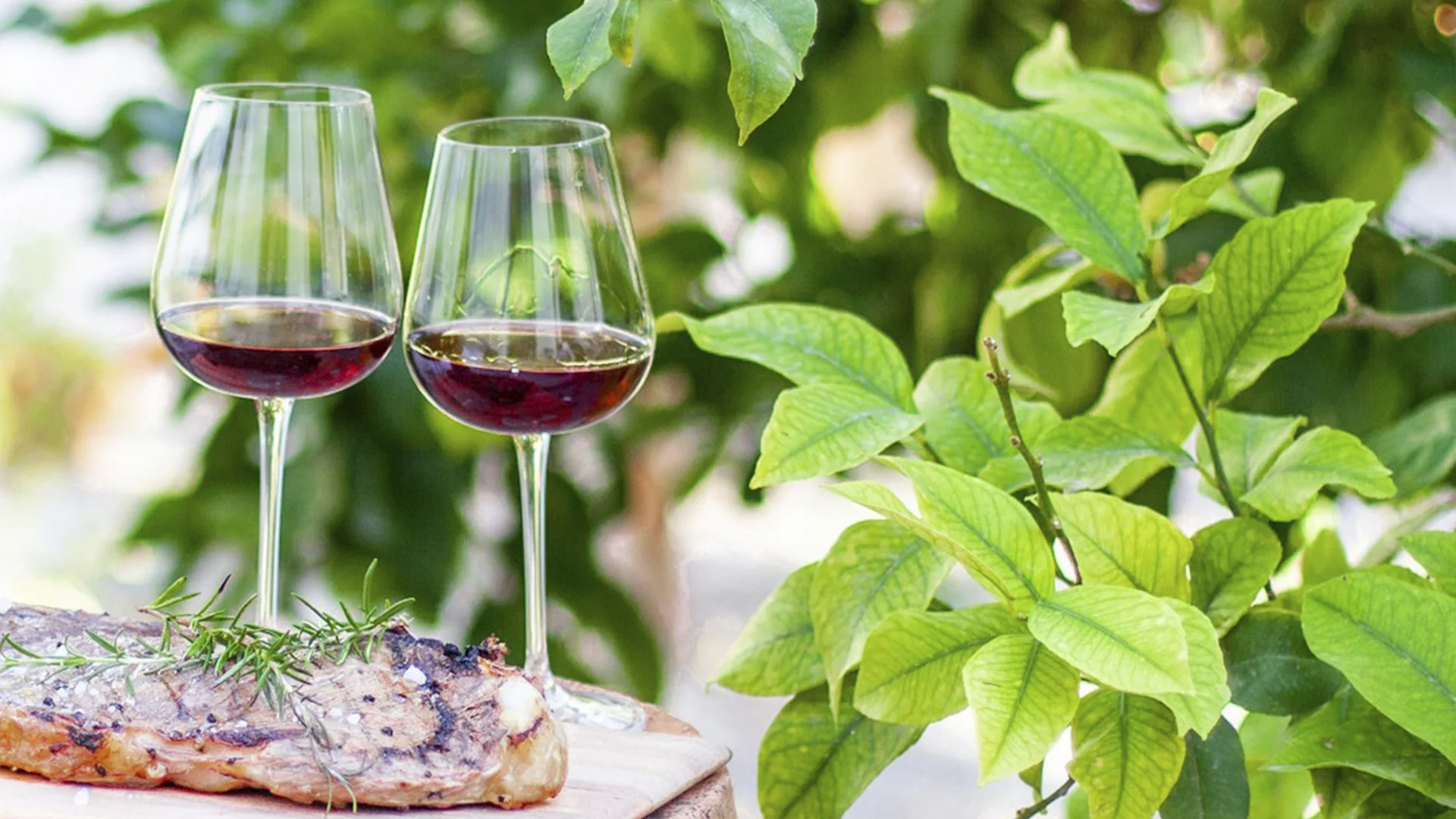

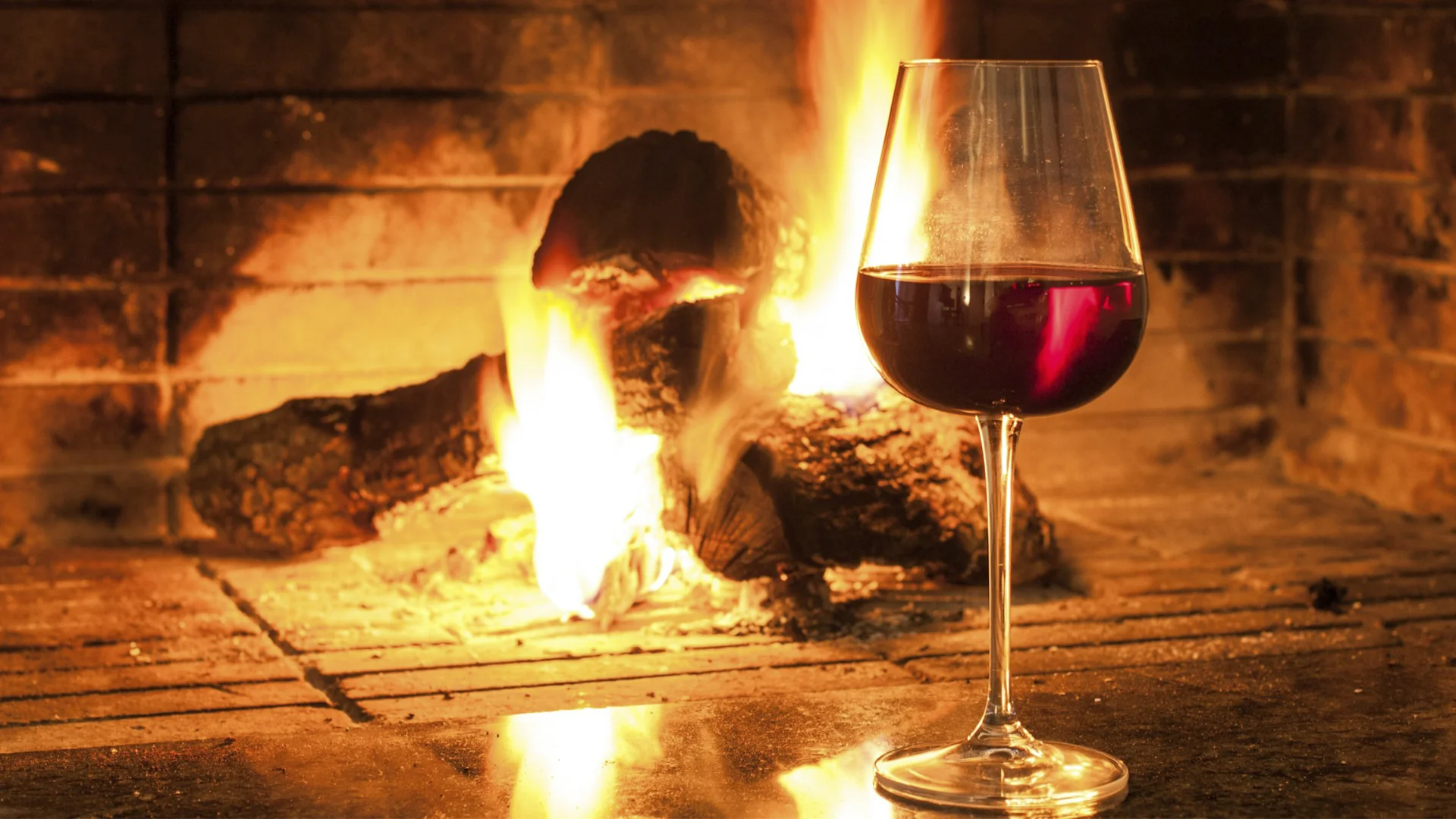
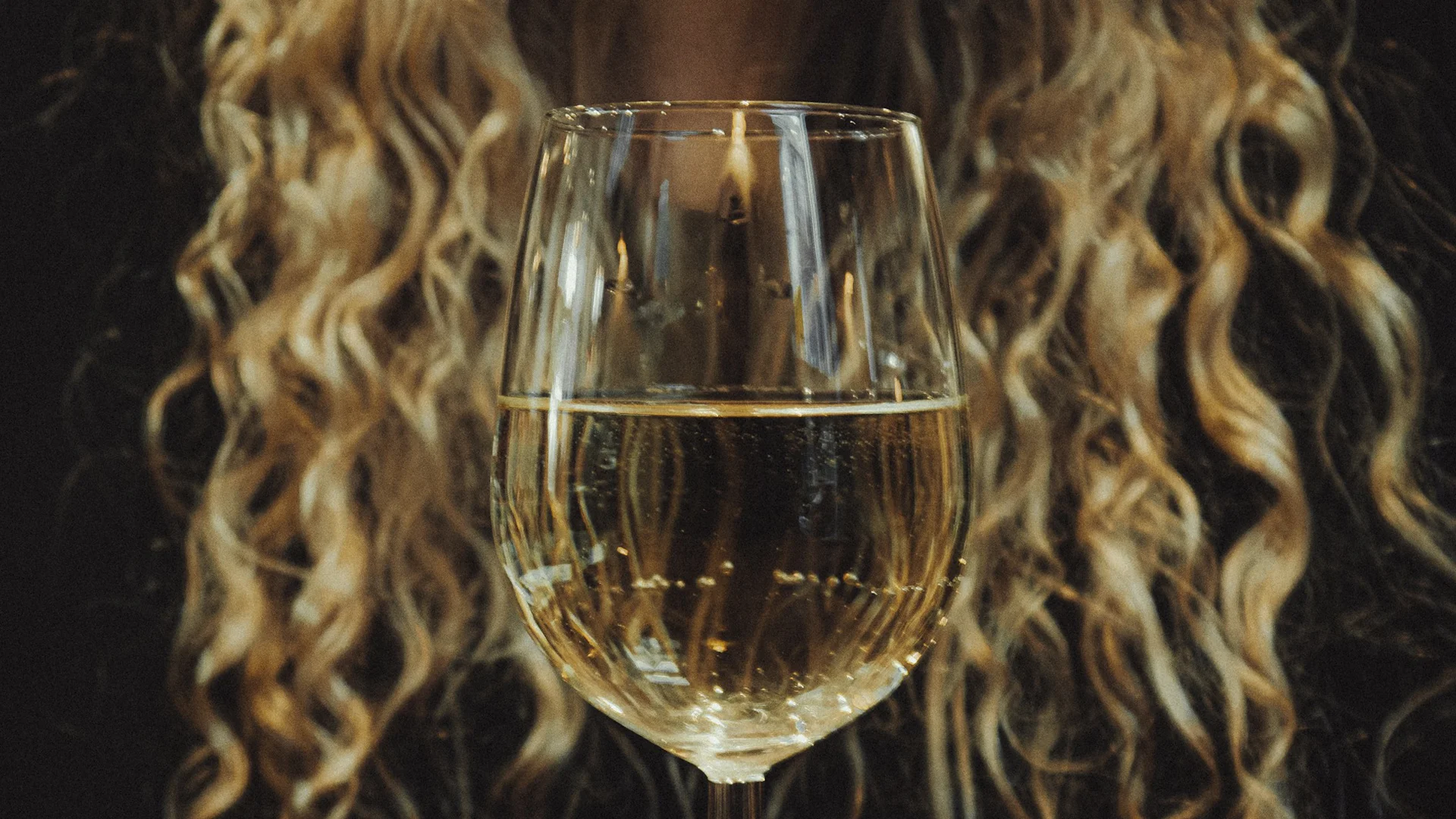

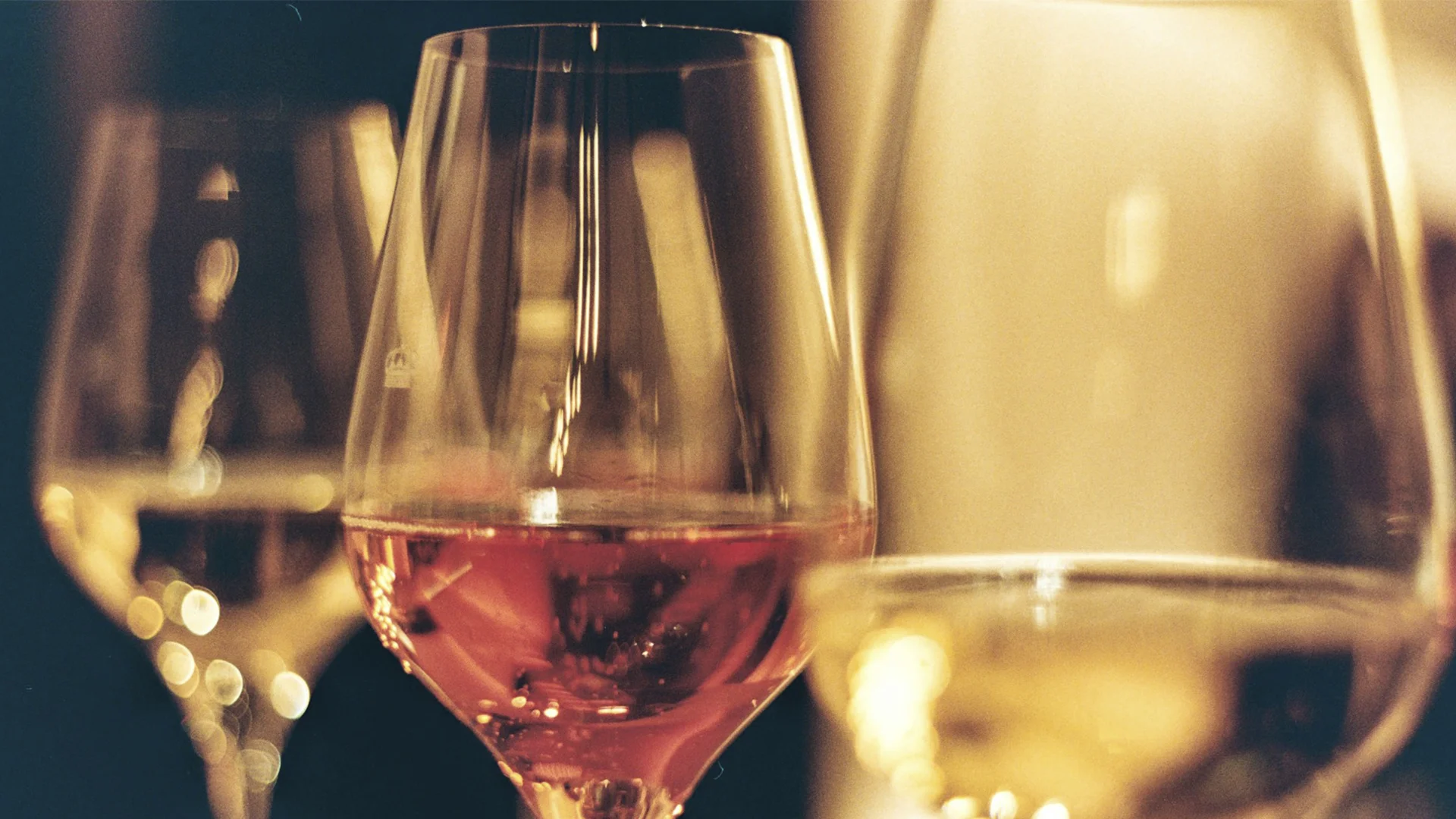
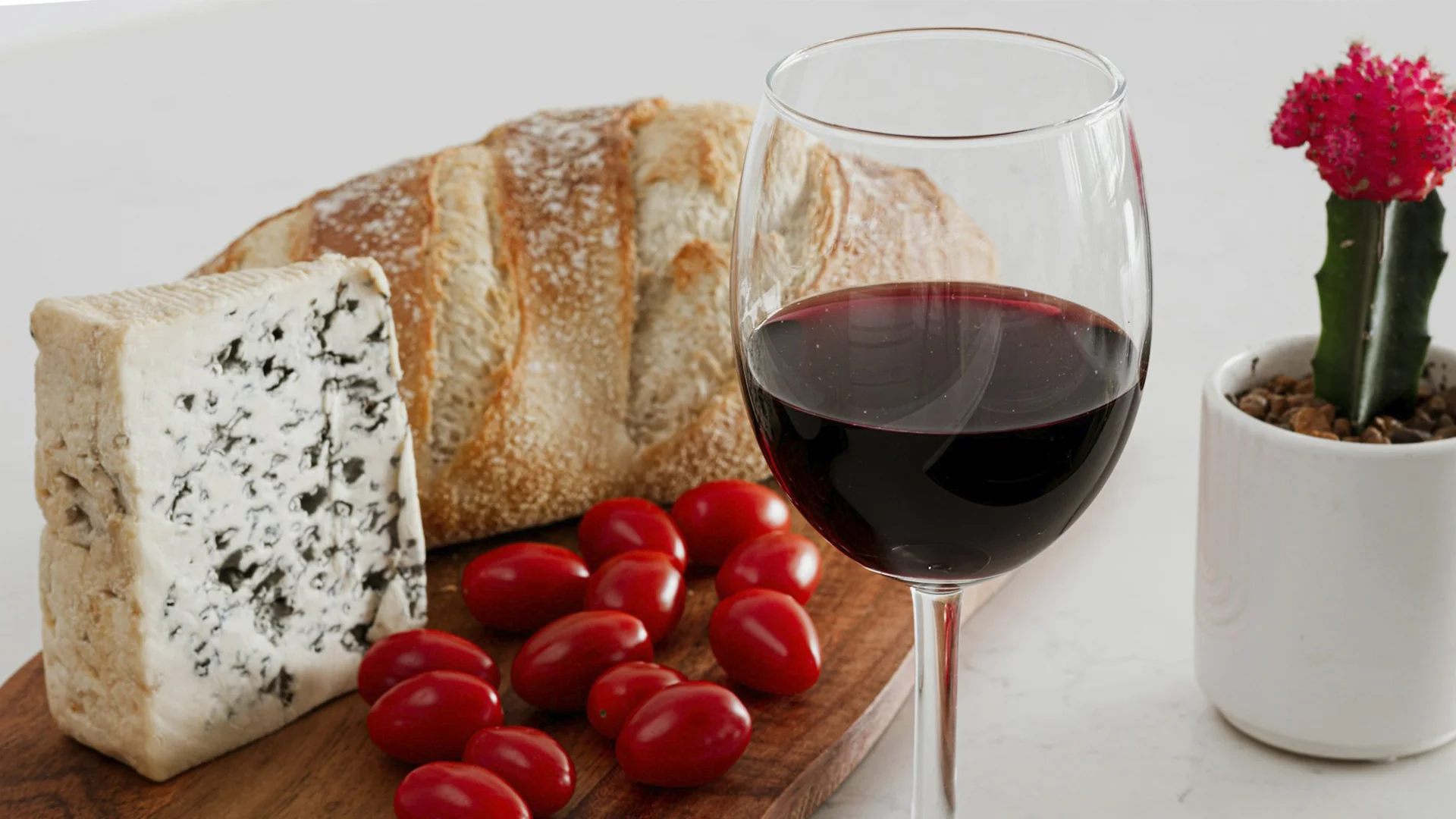


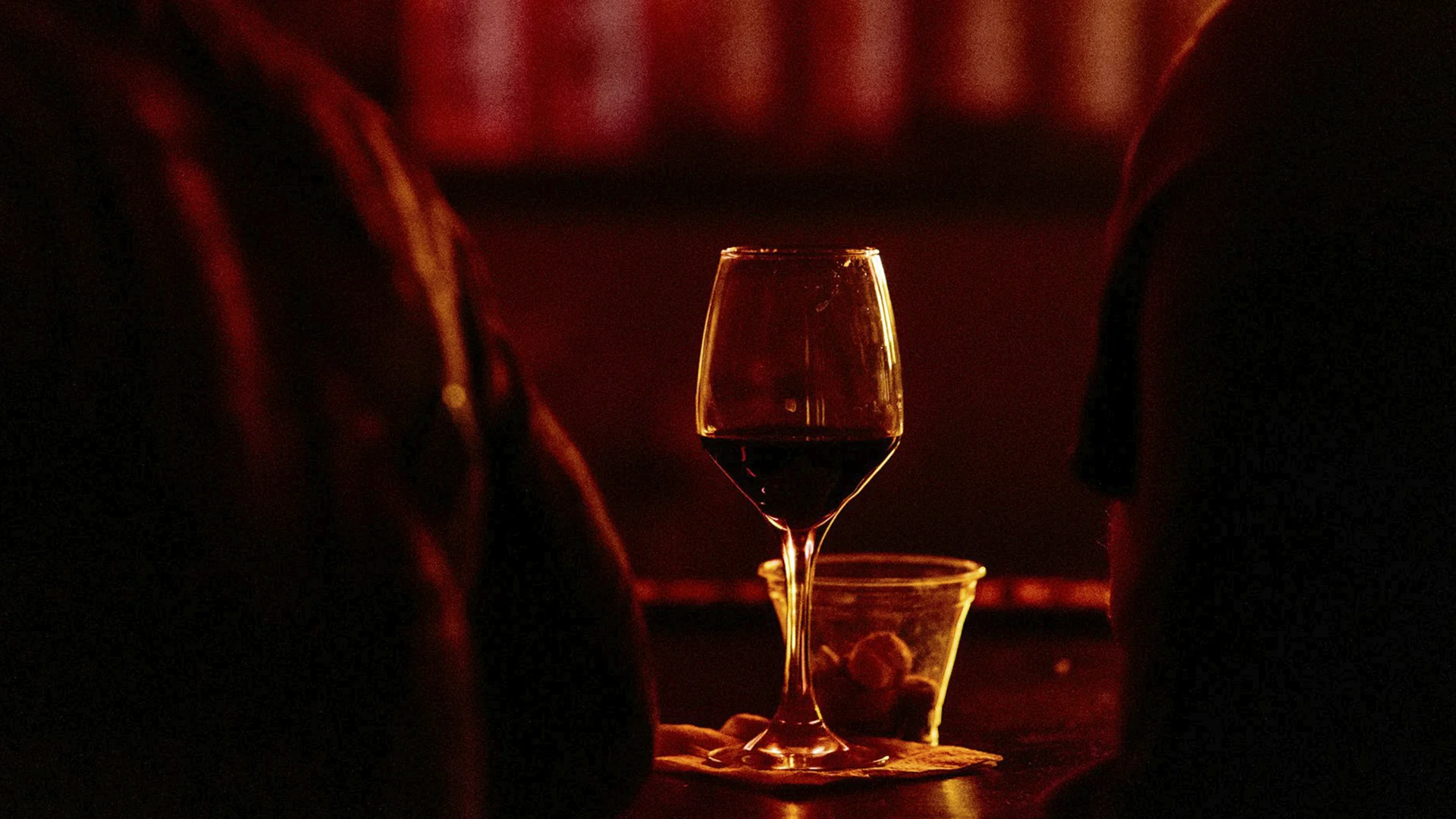
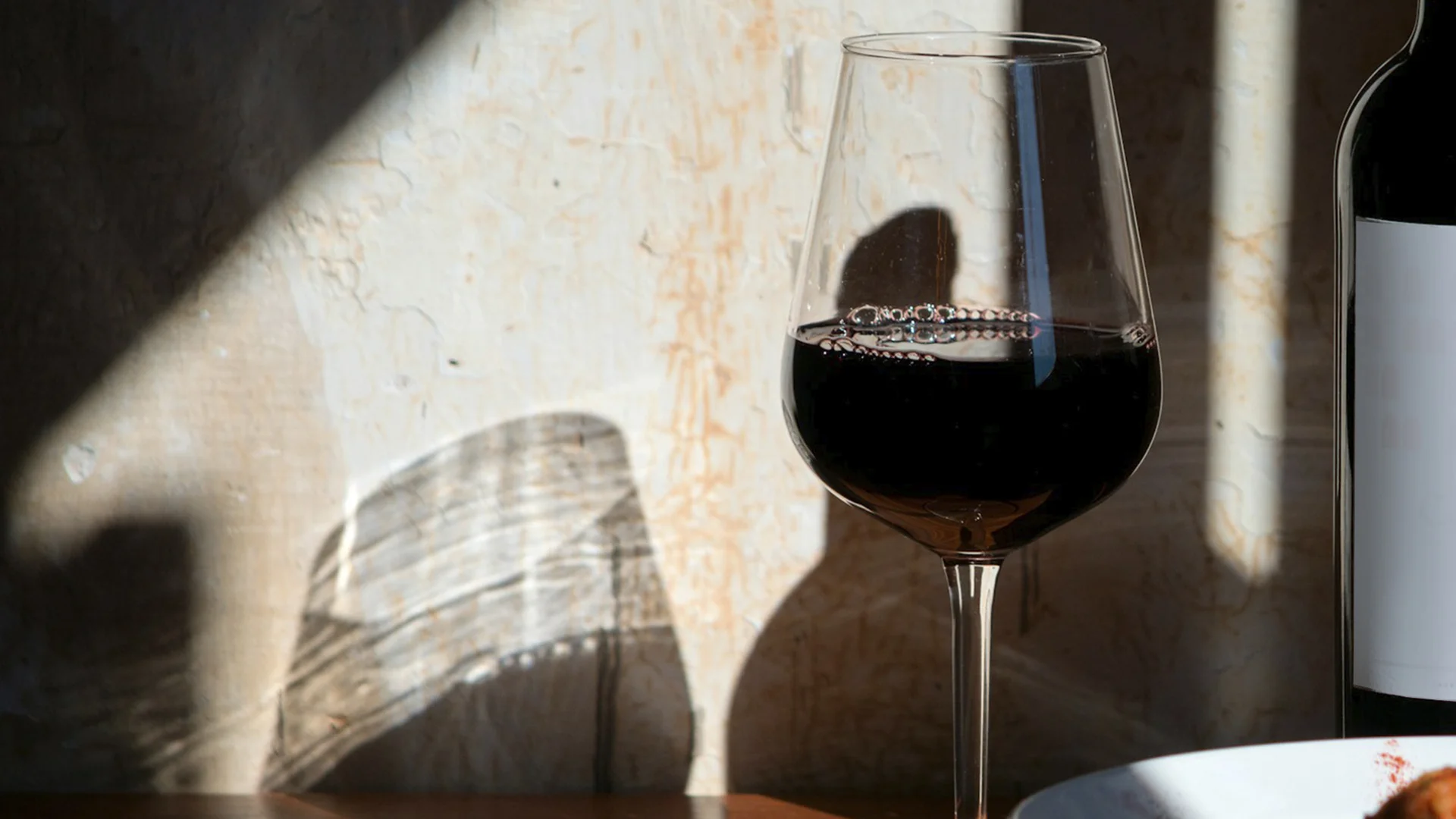
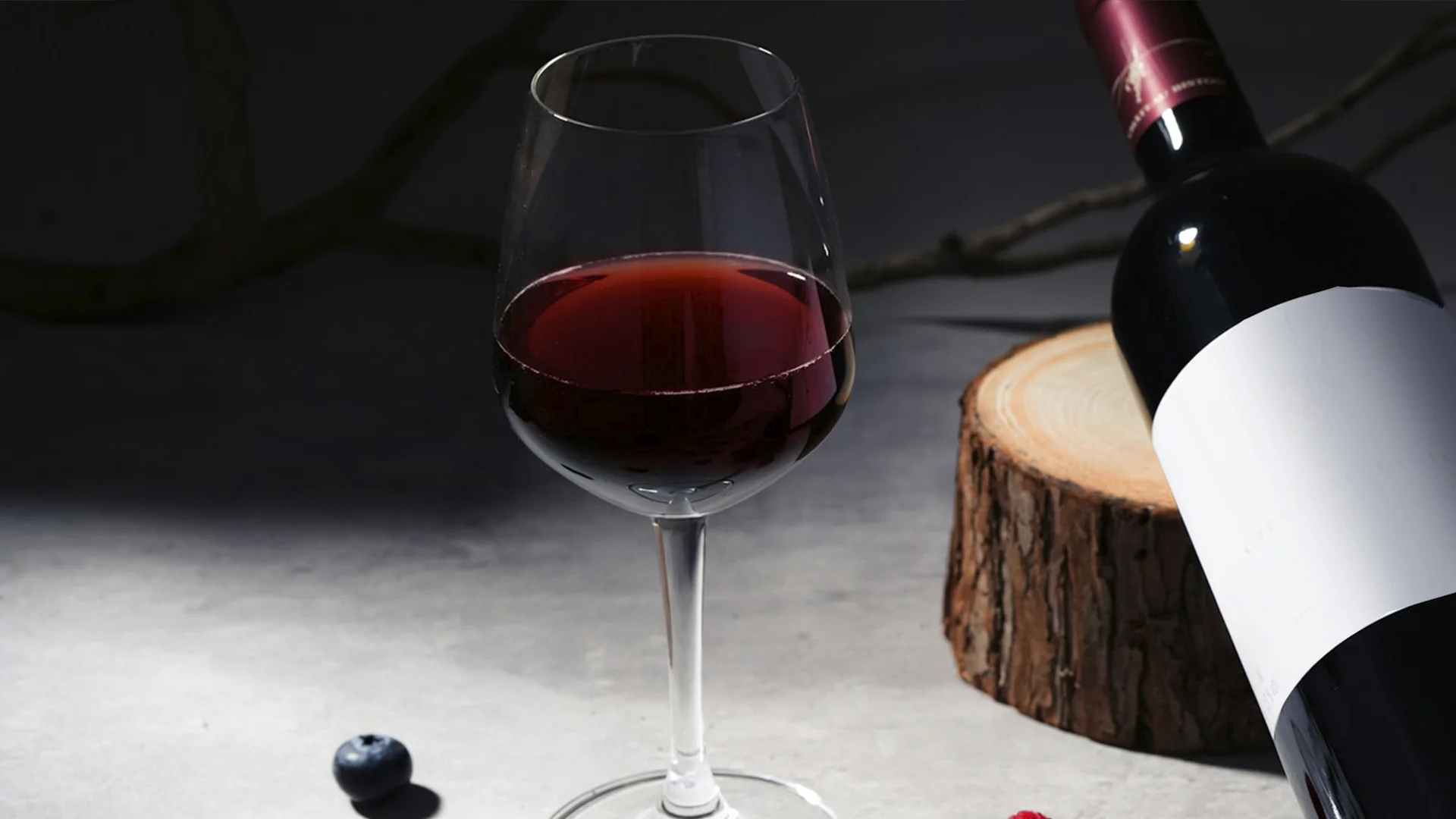
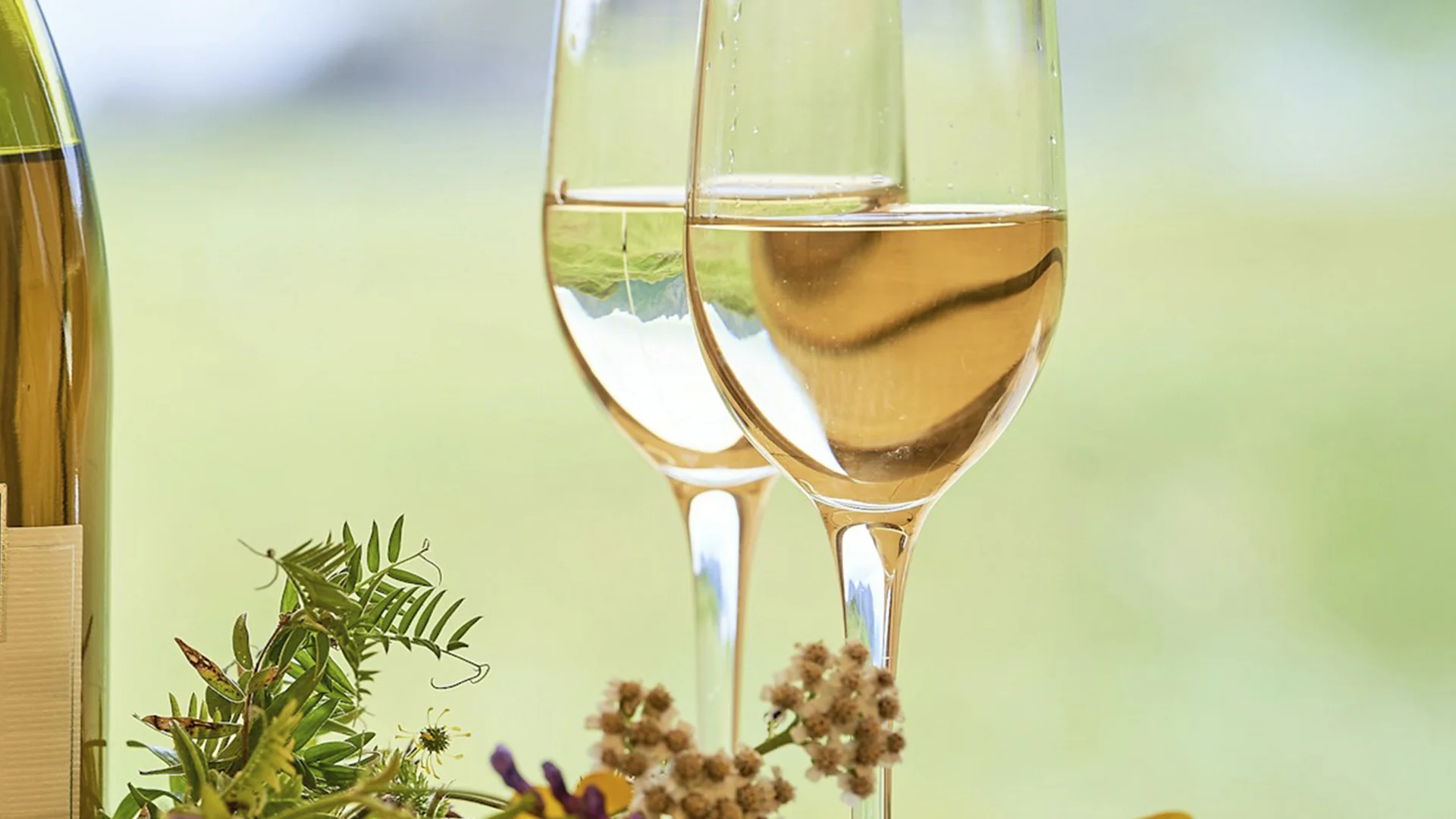
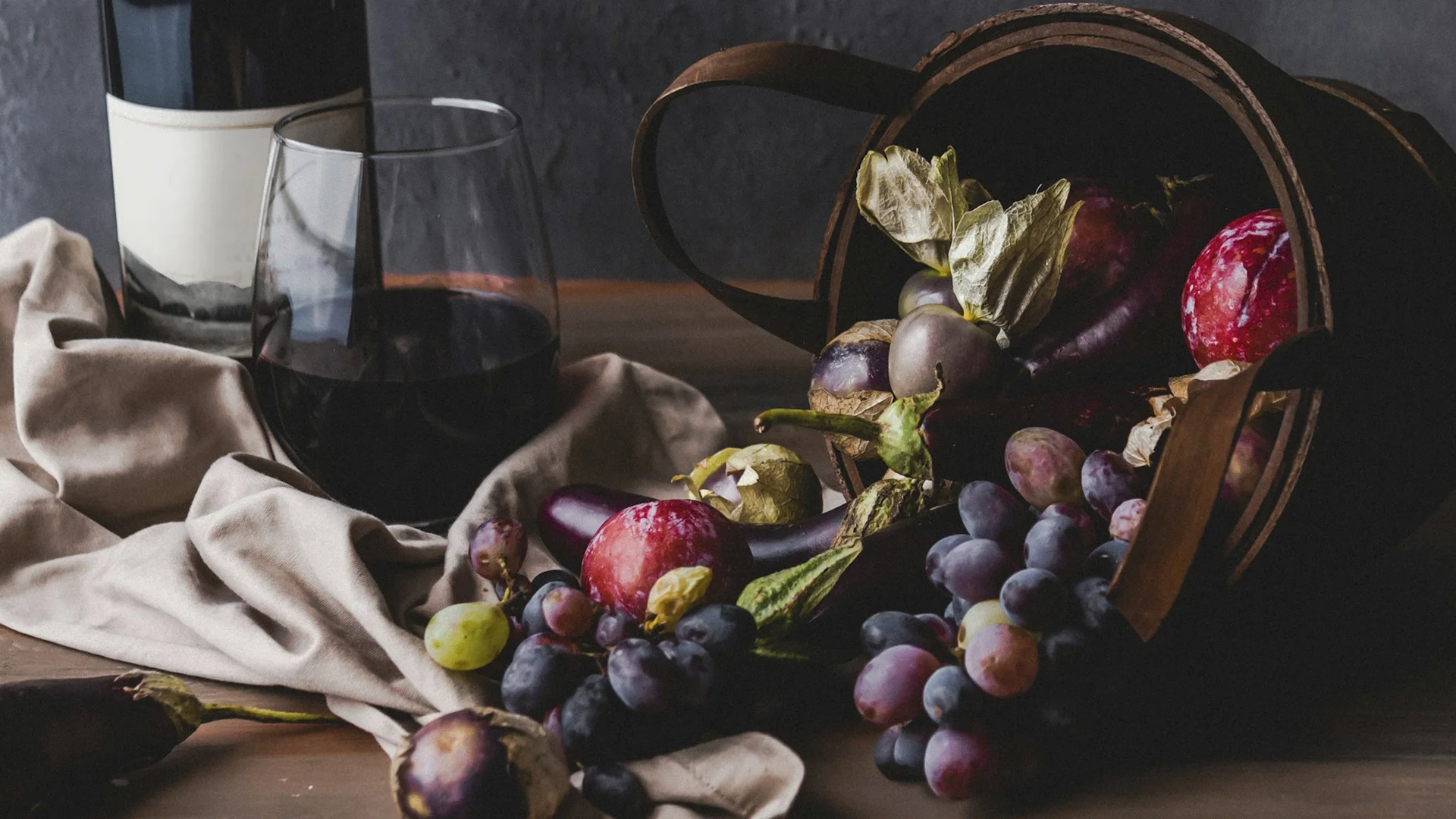
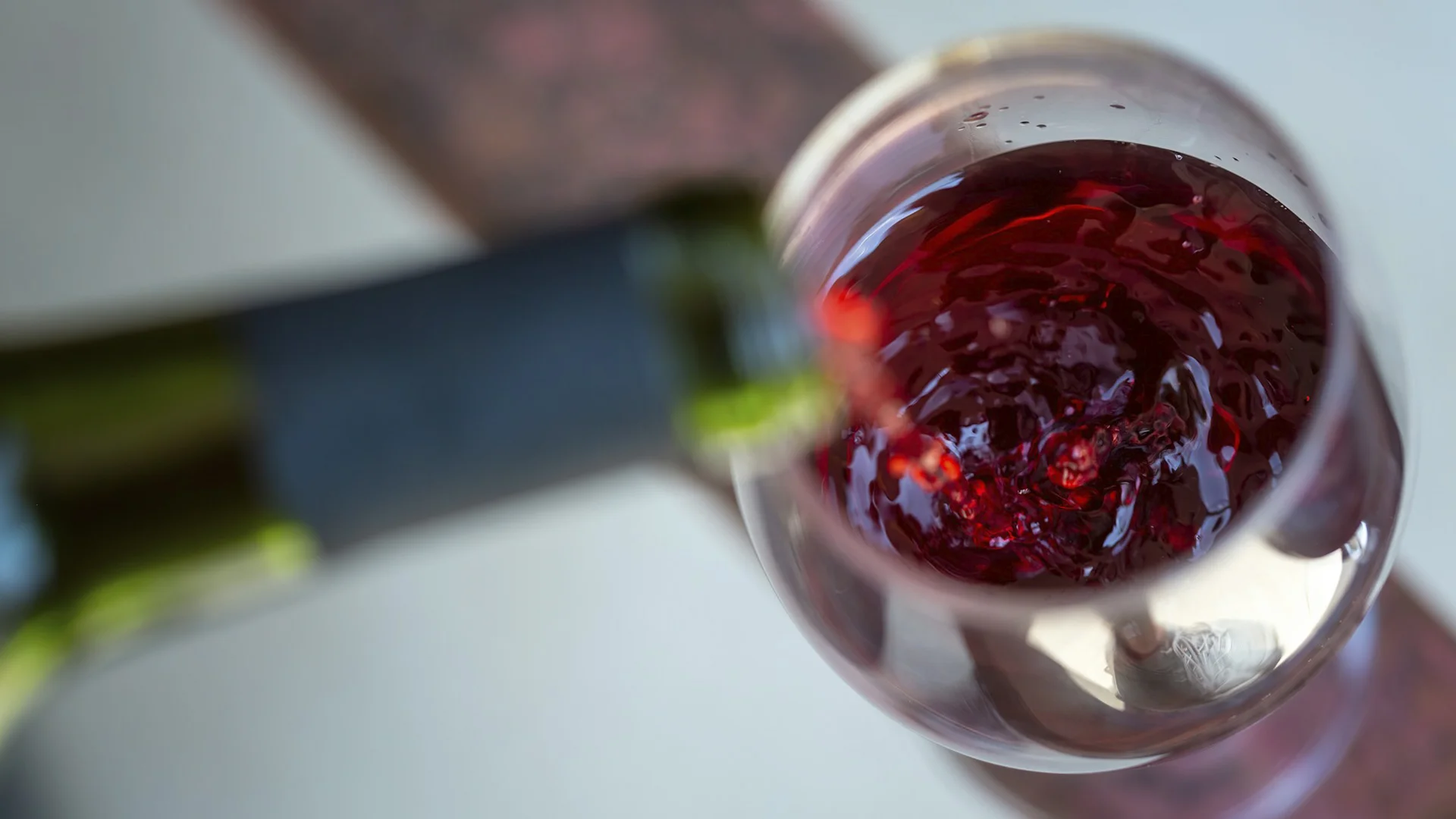
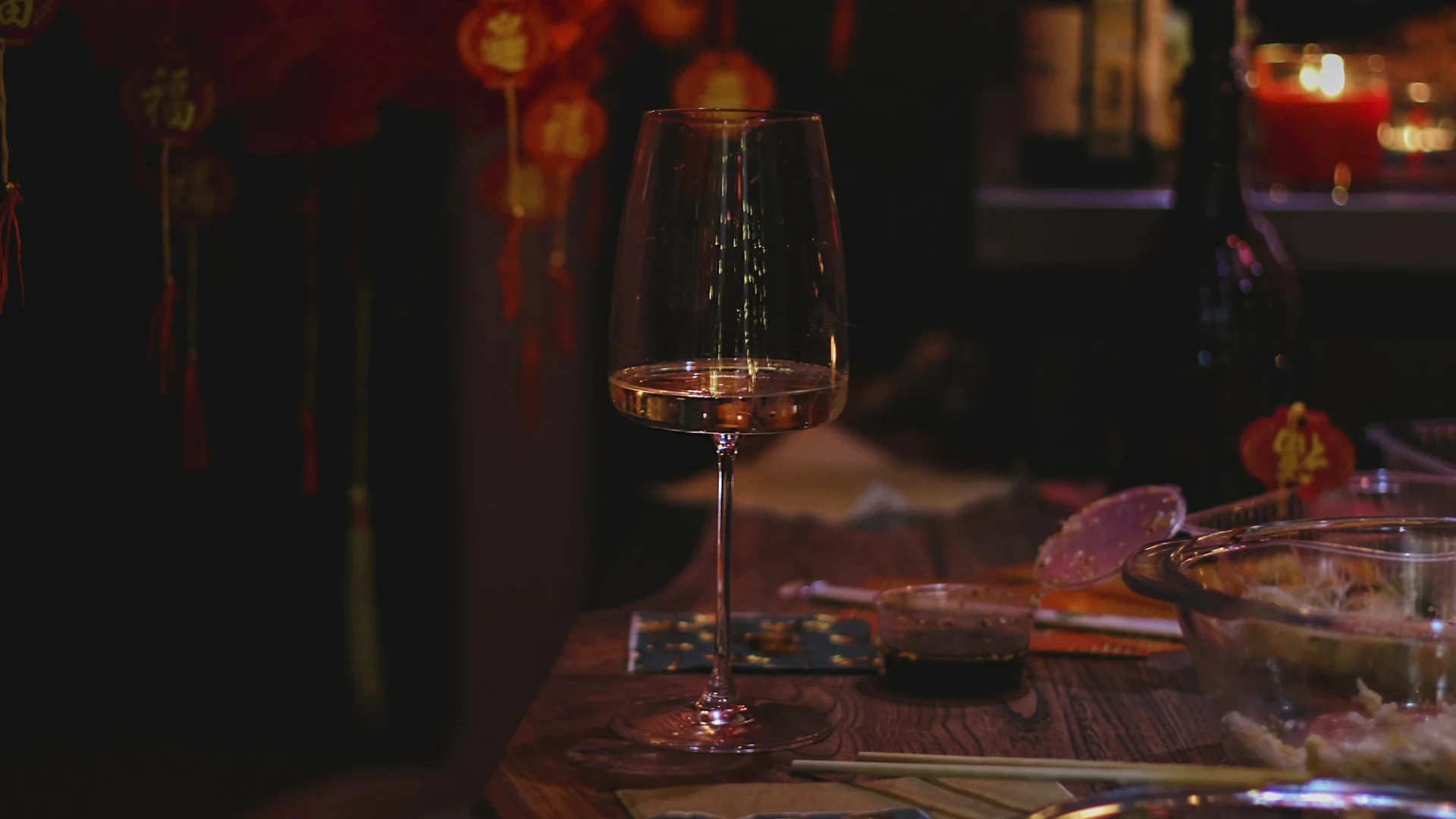






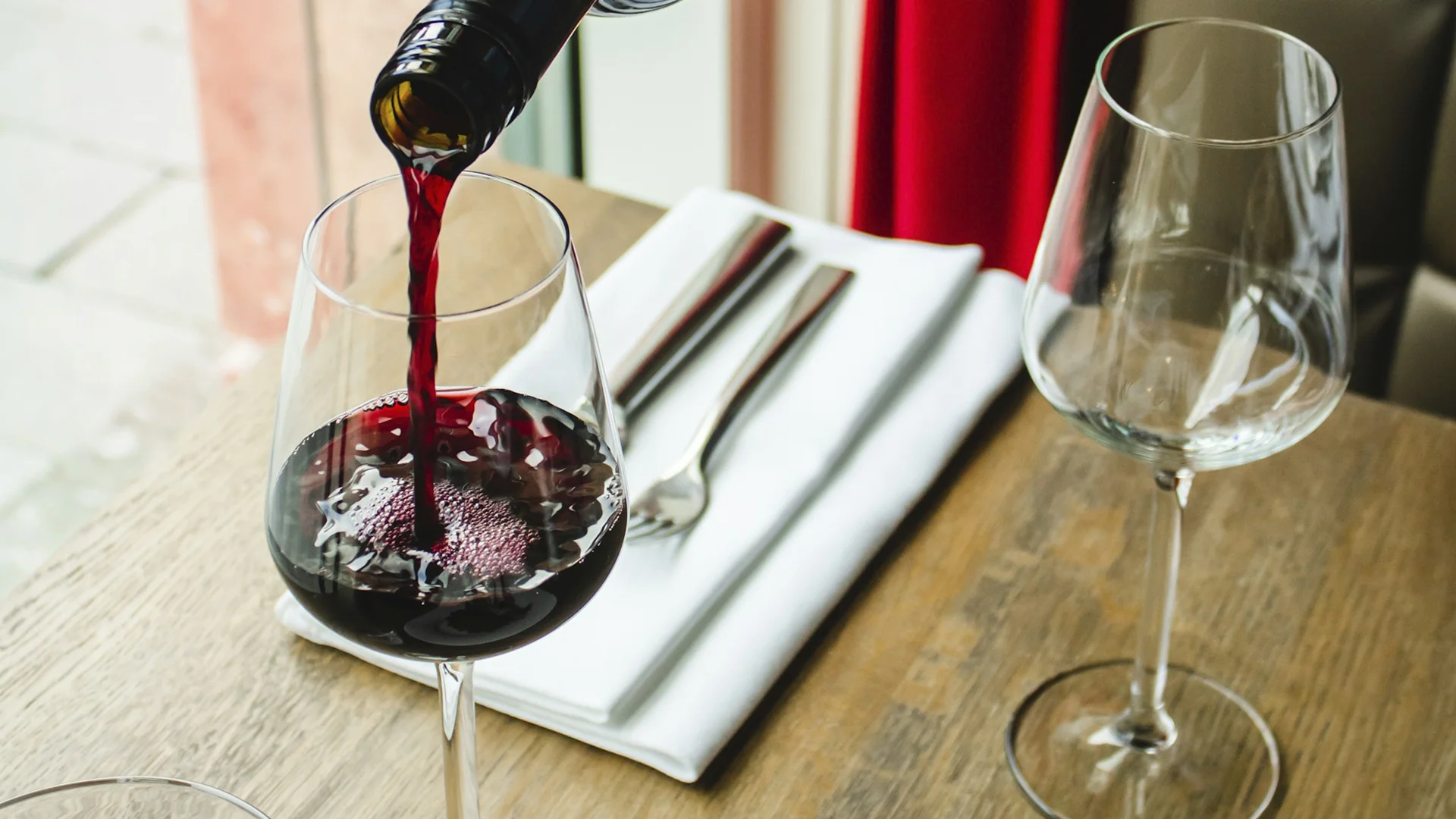












.webp)

.webp)
.webp)
.webp)



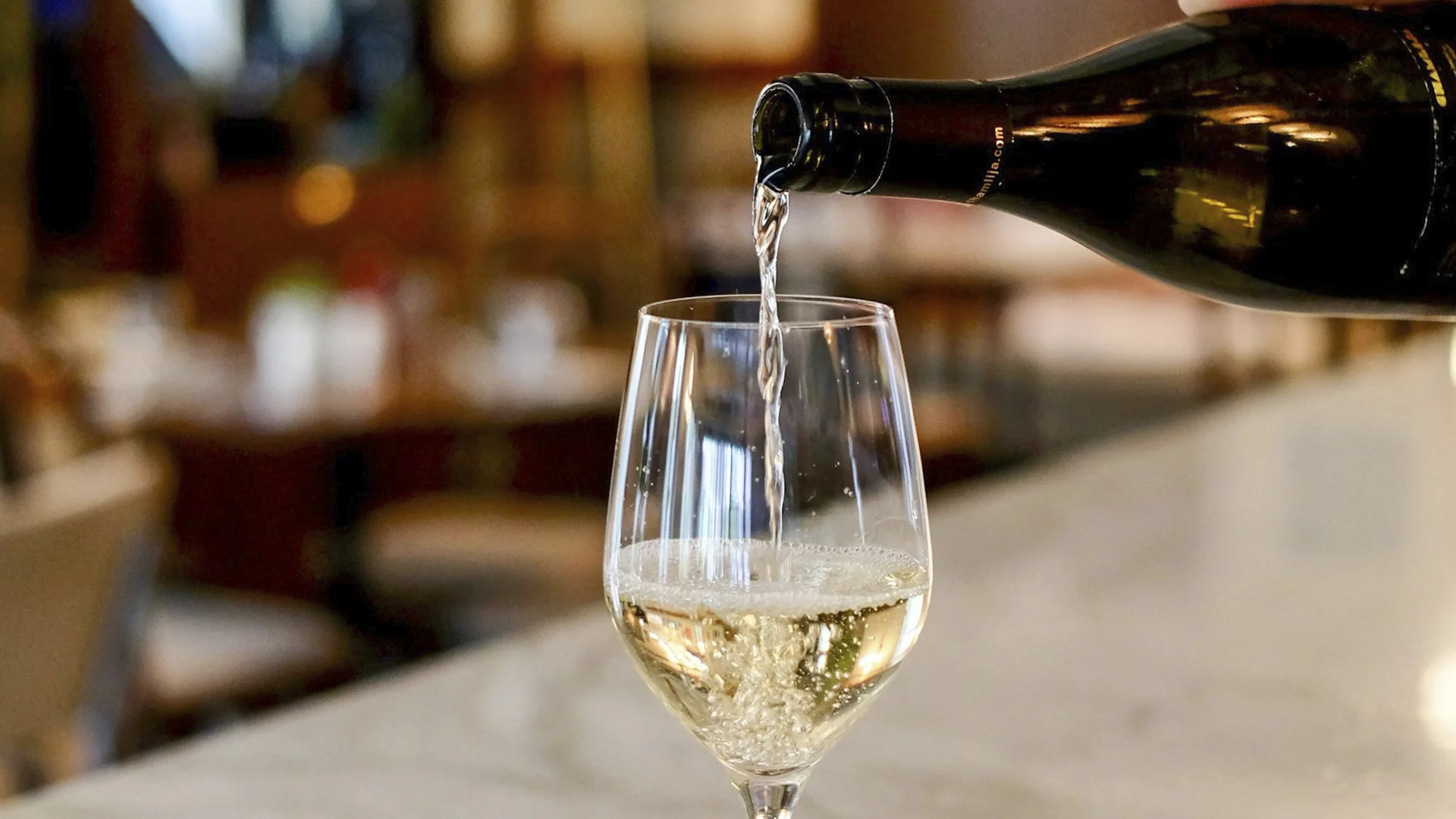


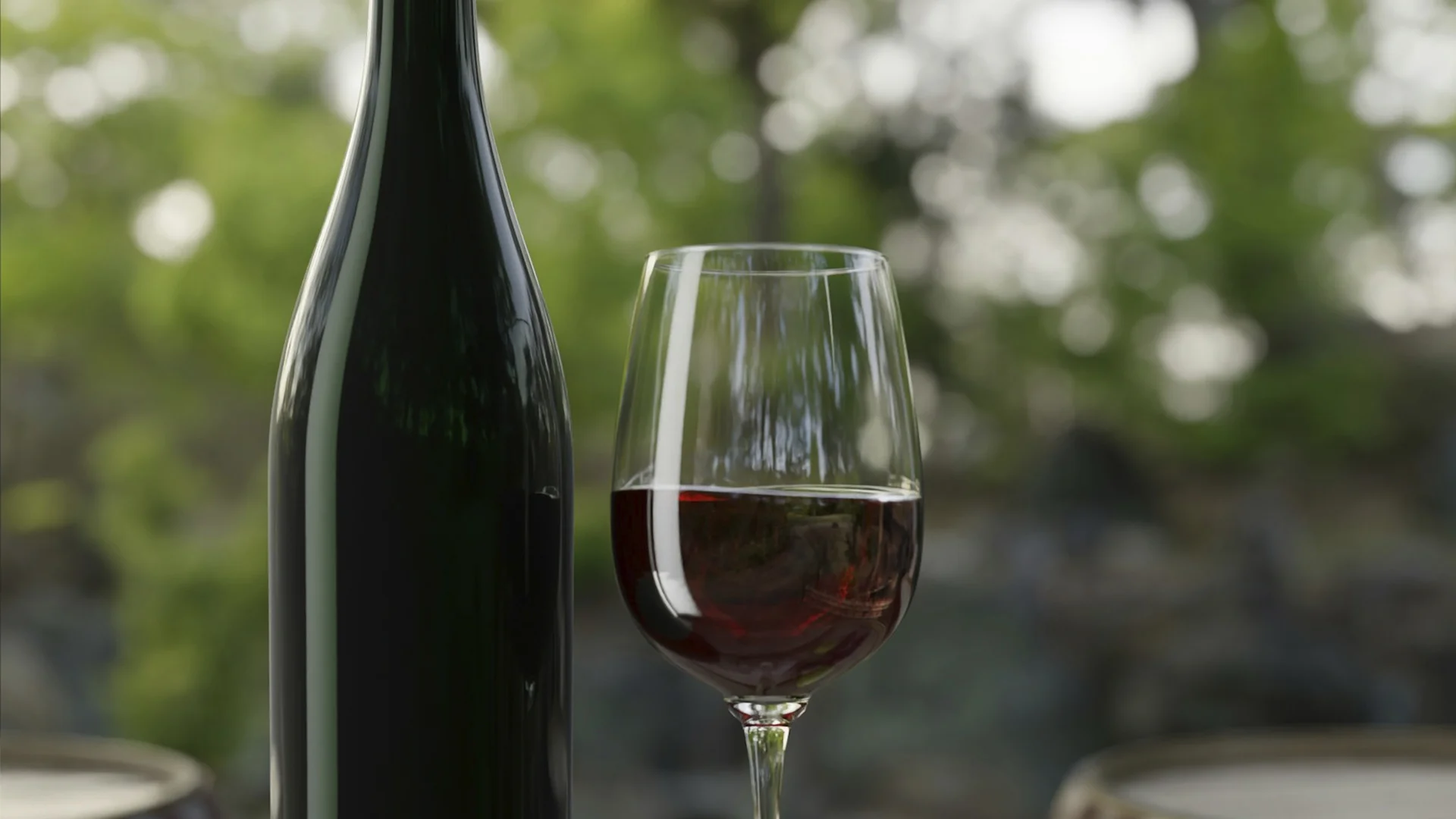



















.webp)













Are you interested in
collaborating with us?